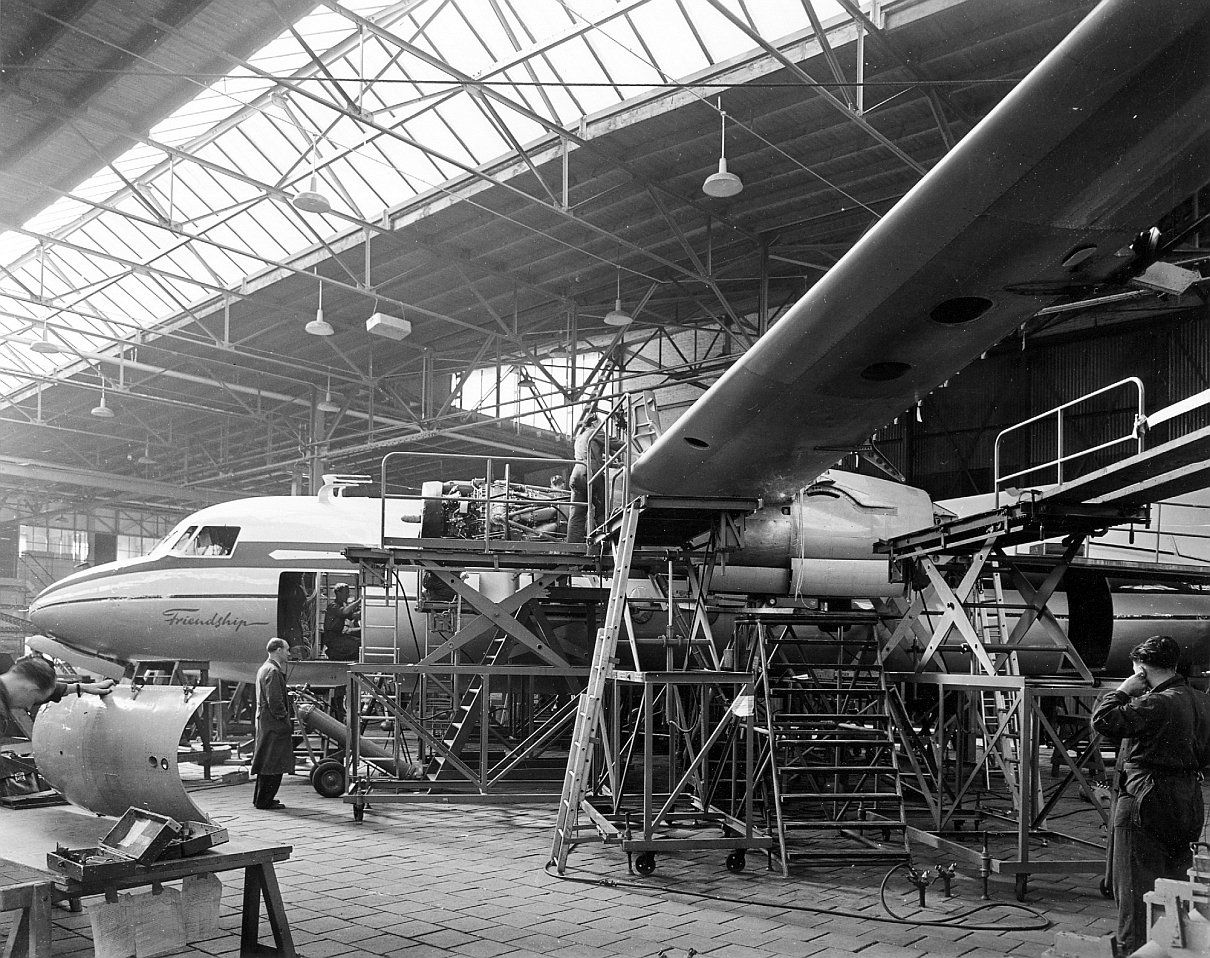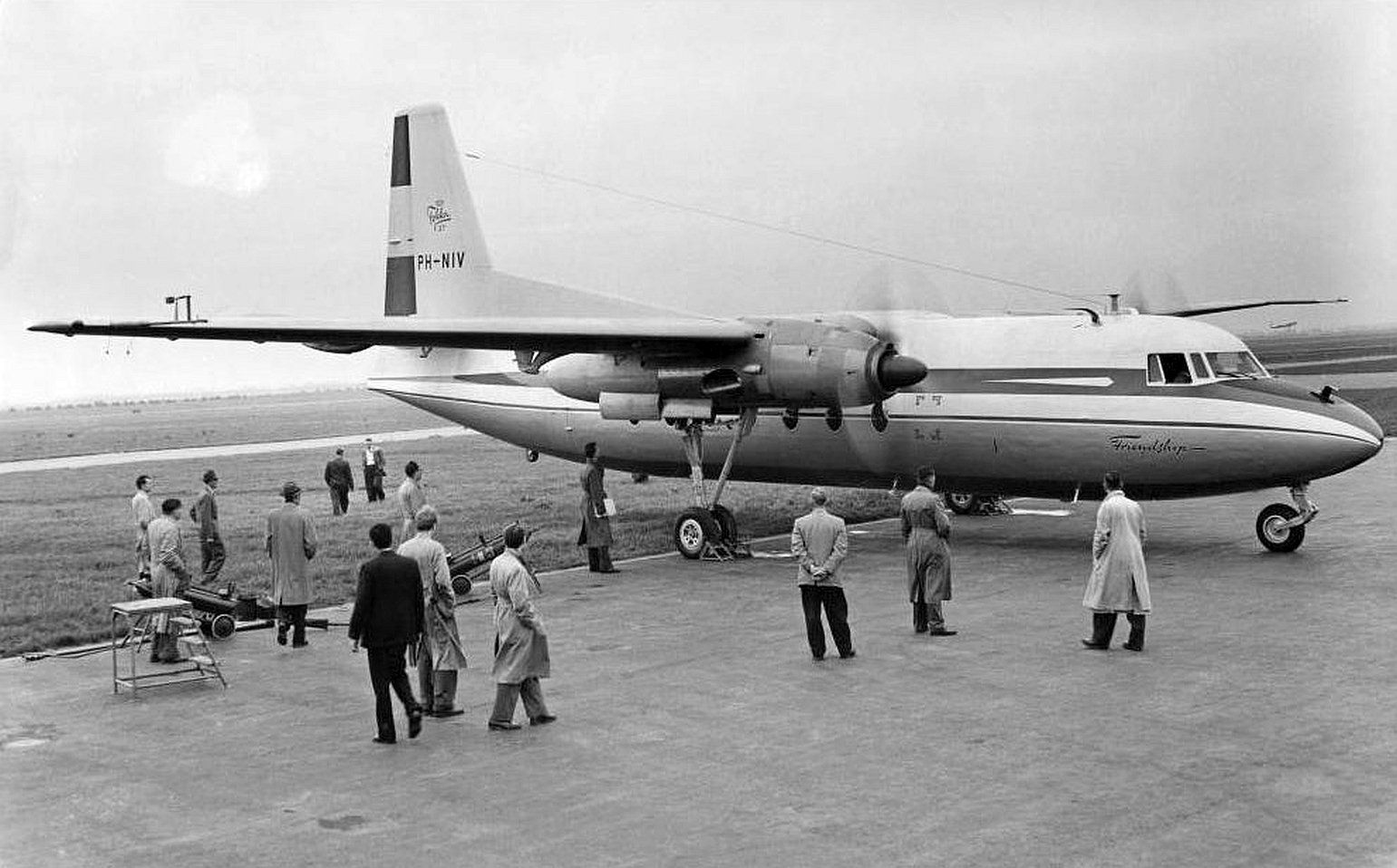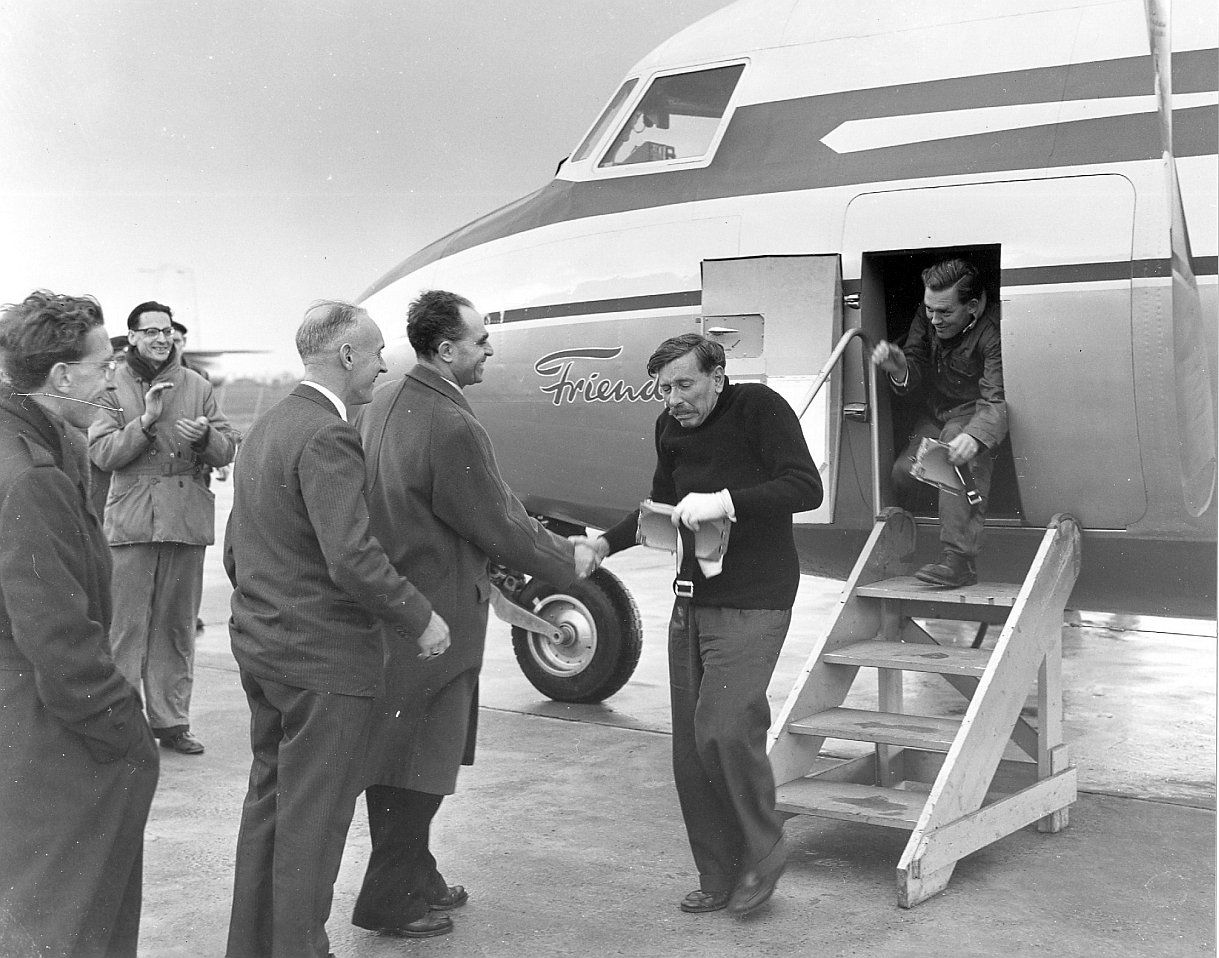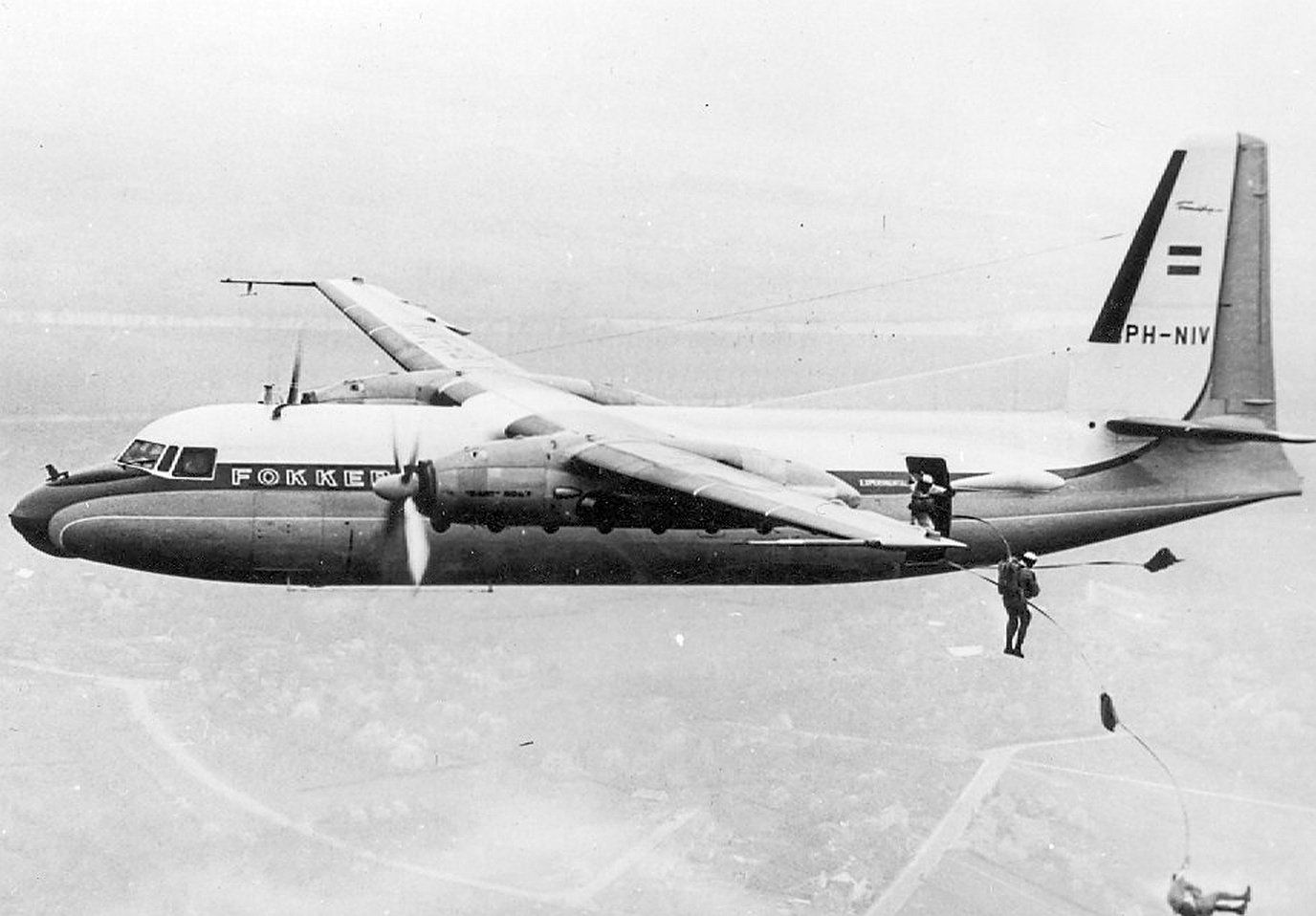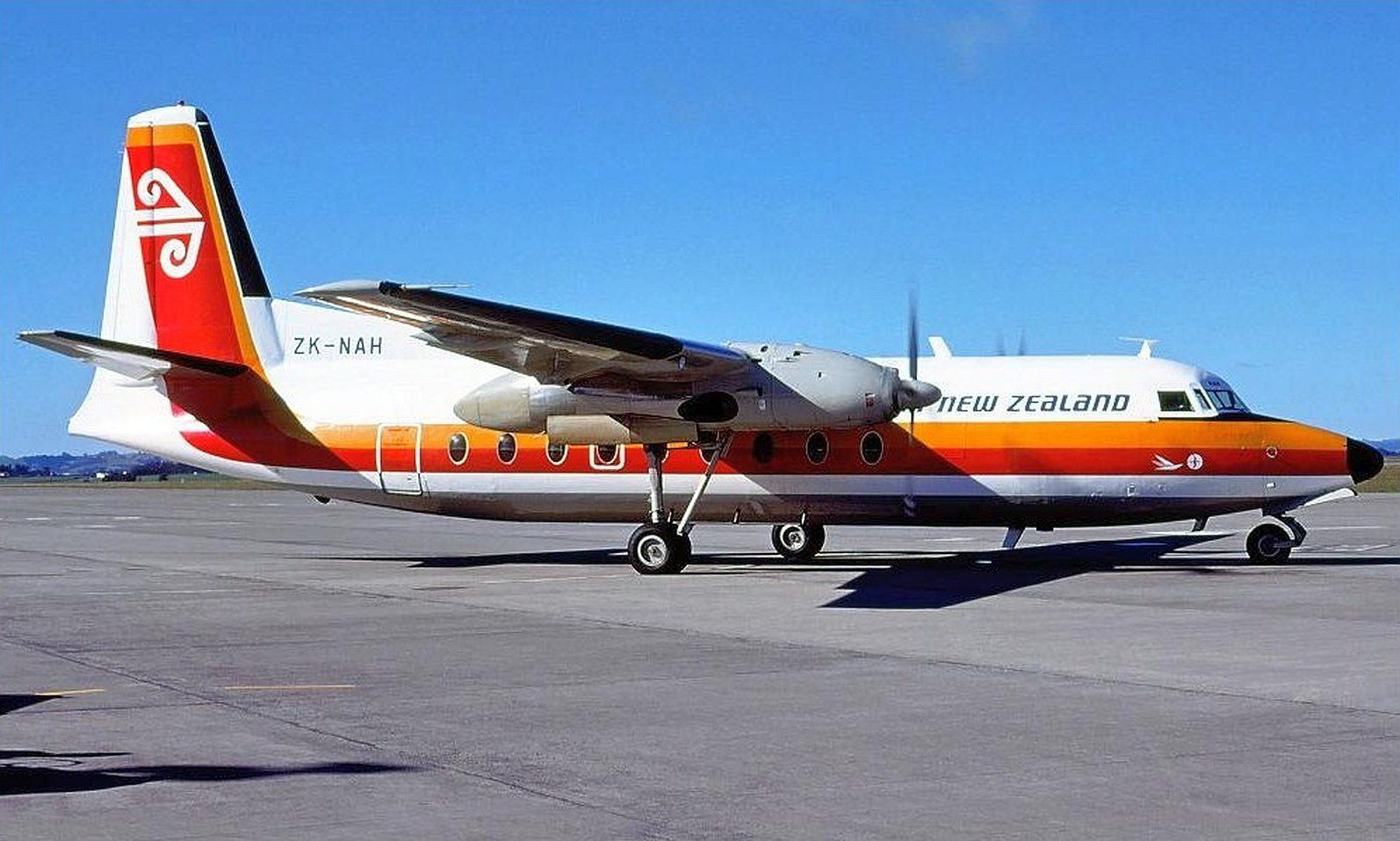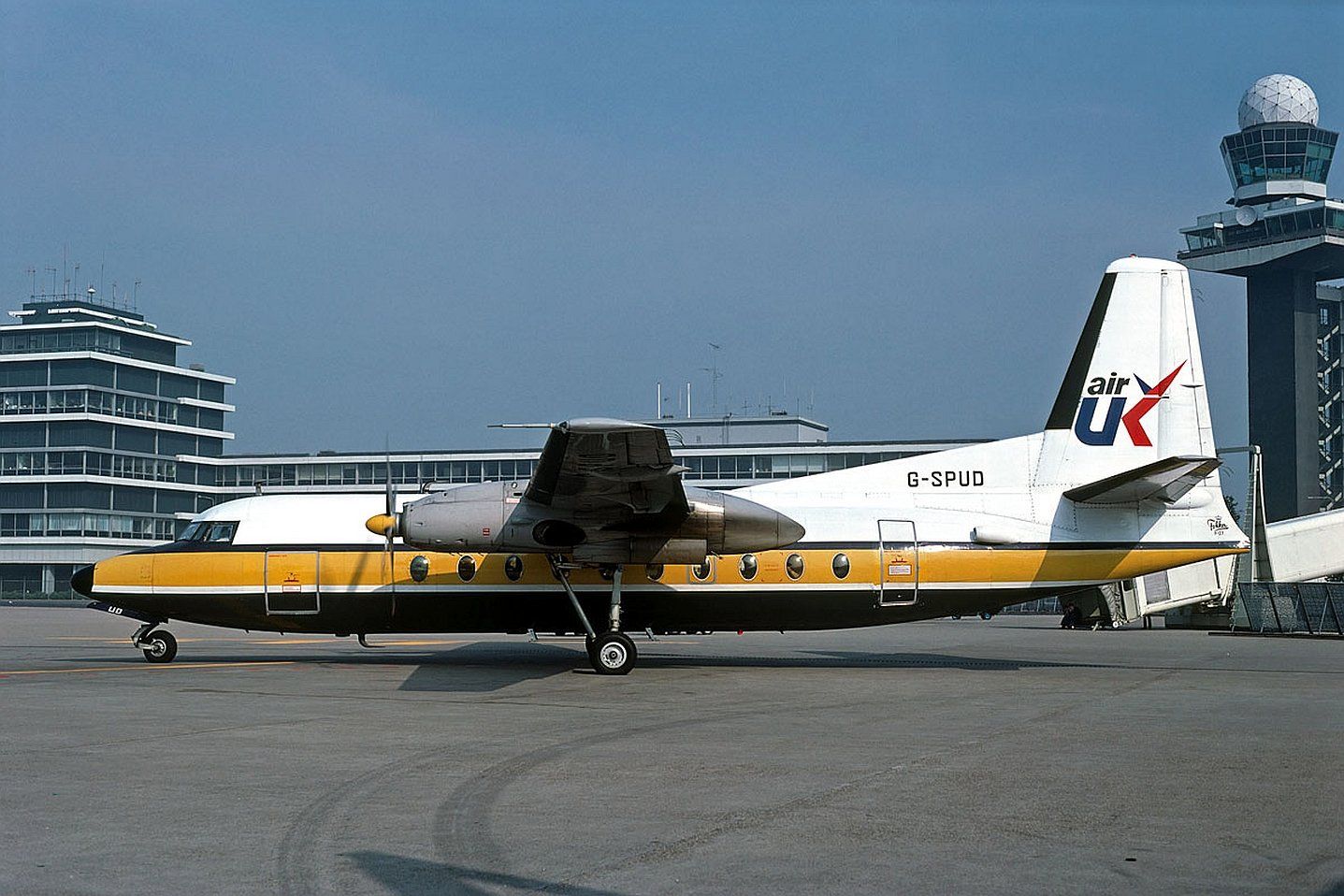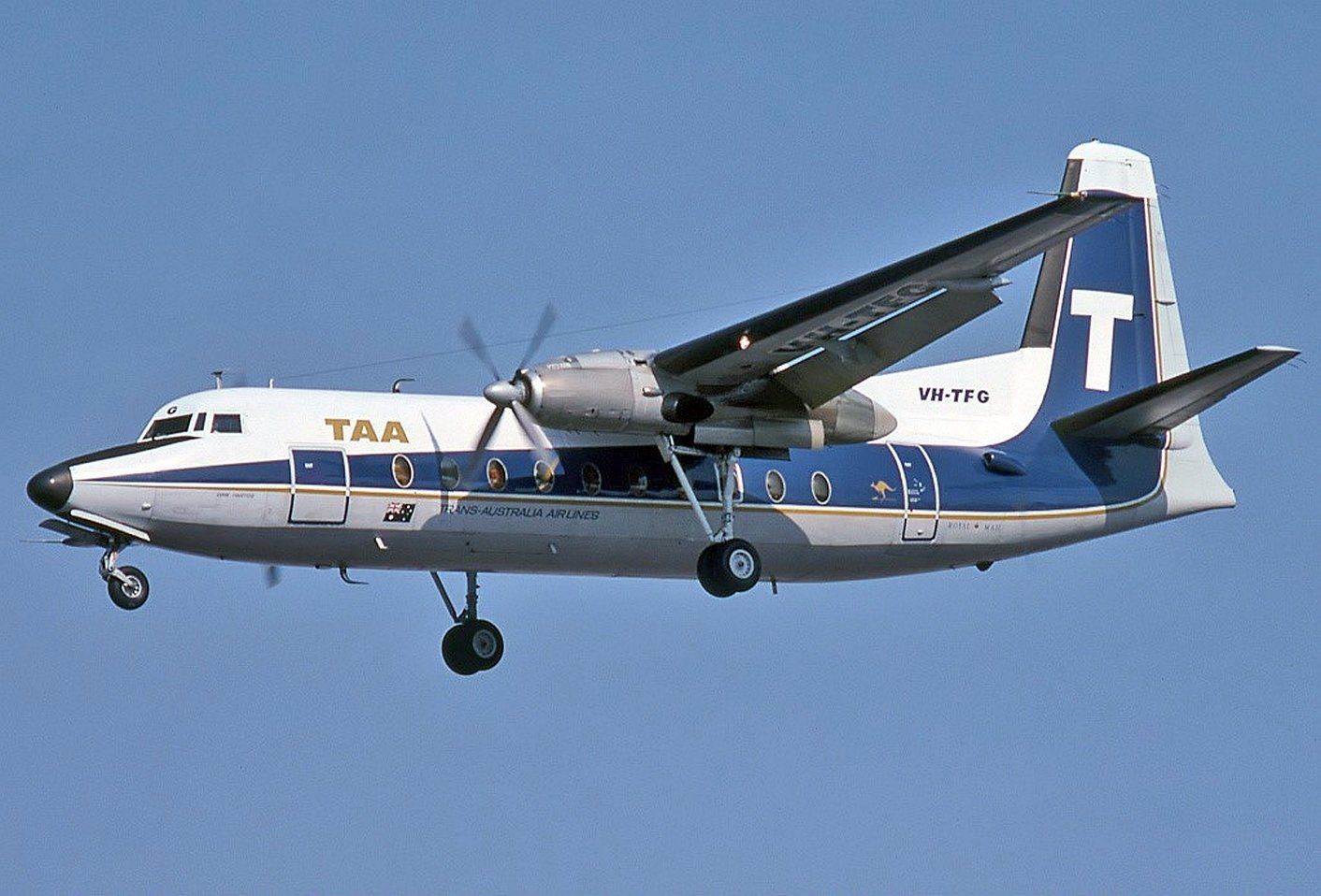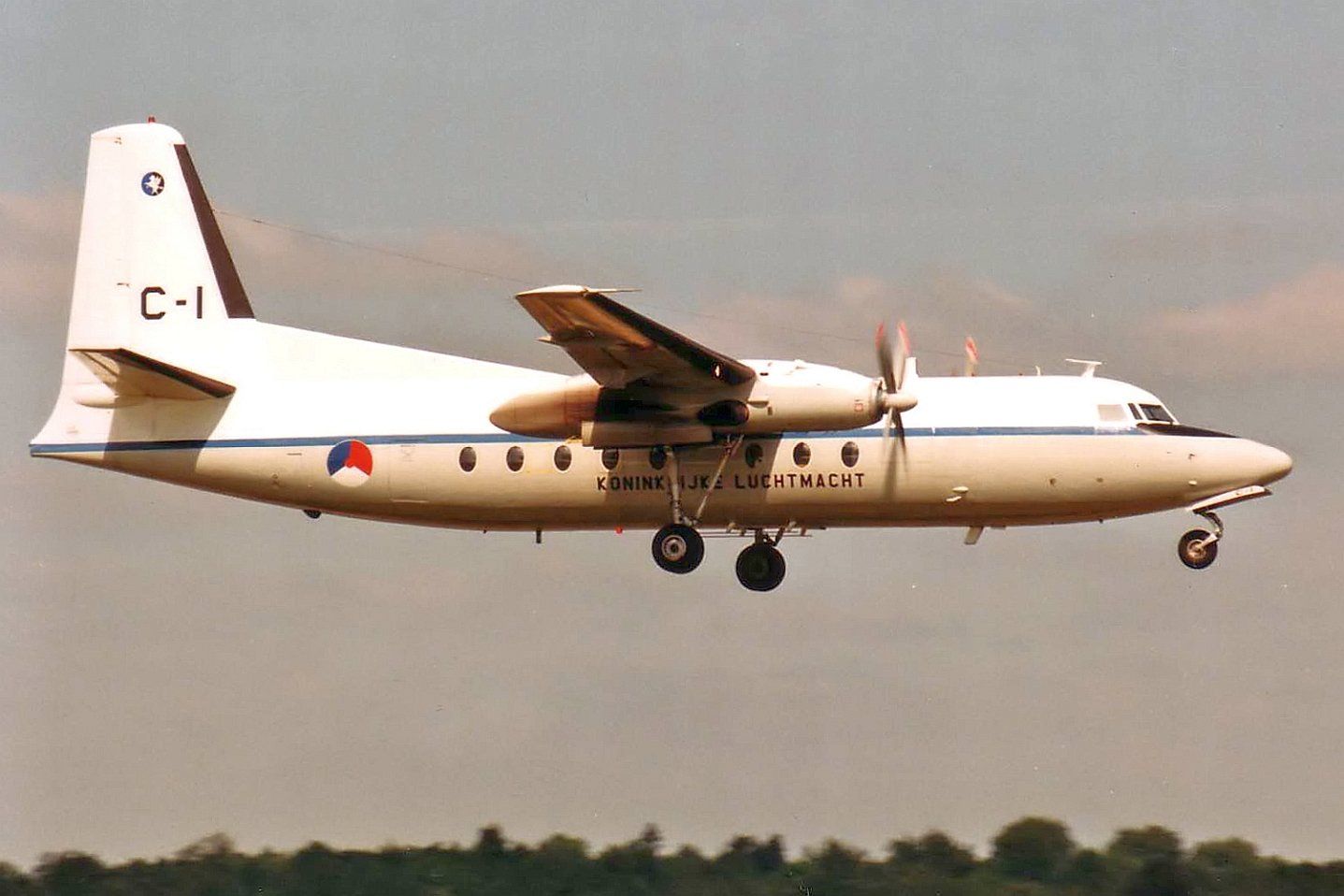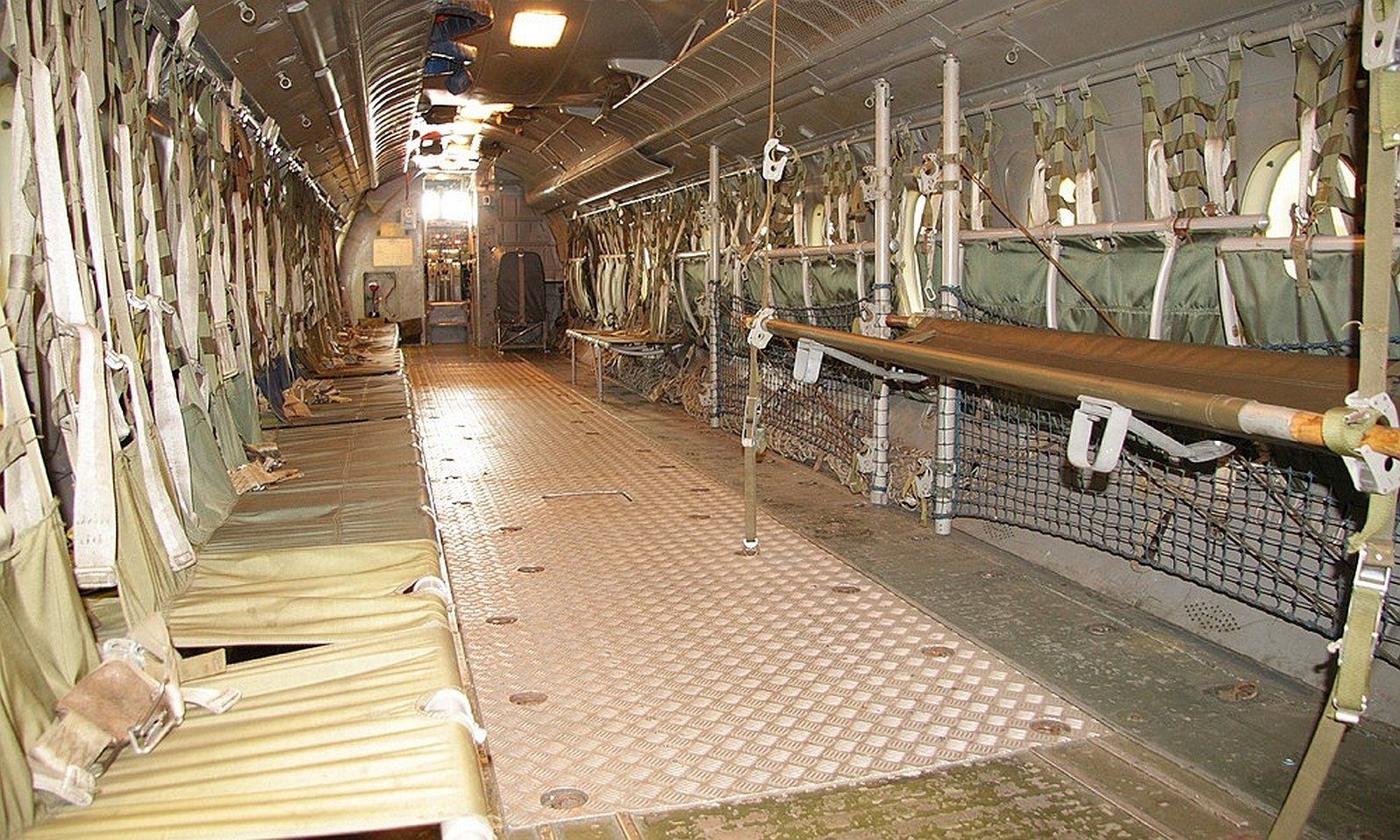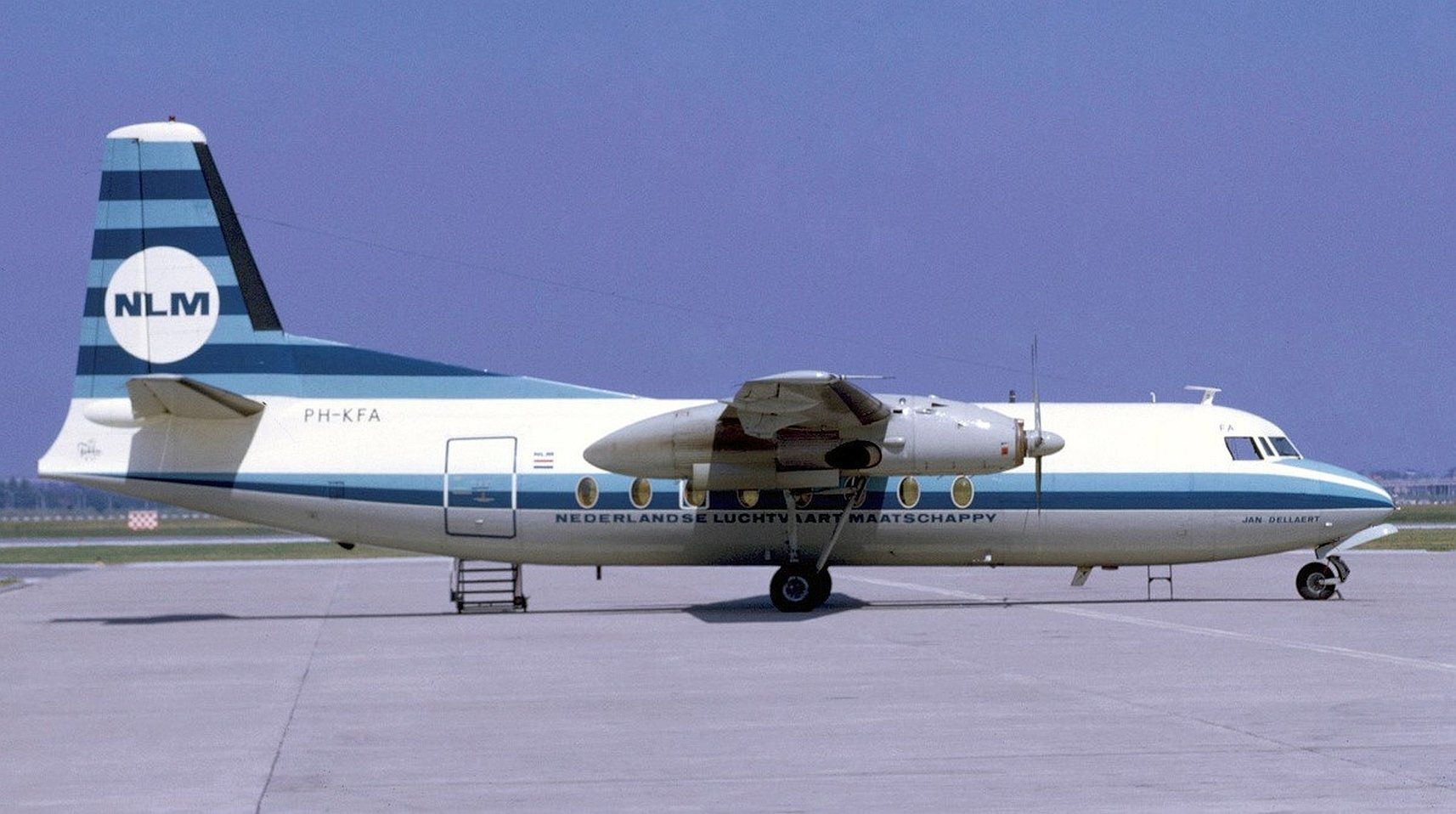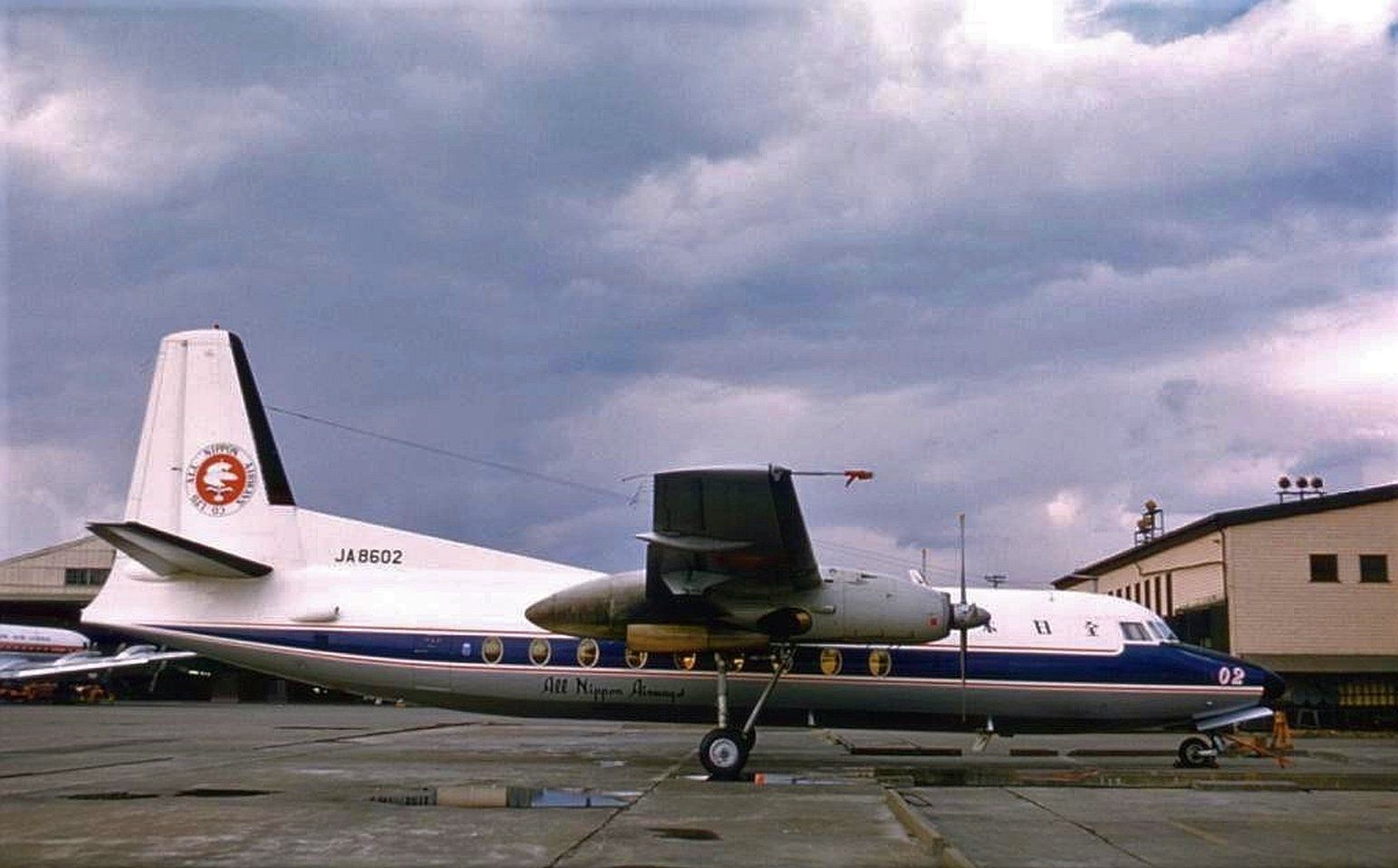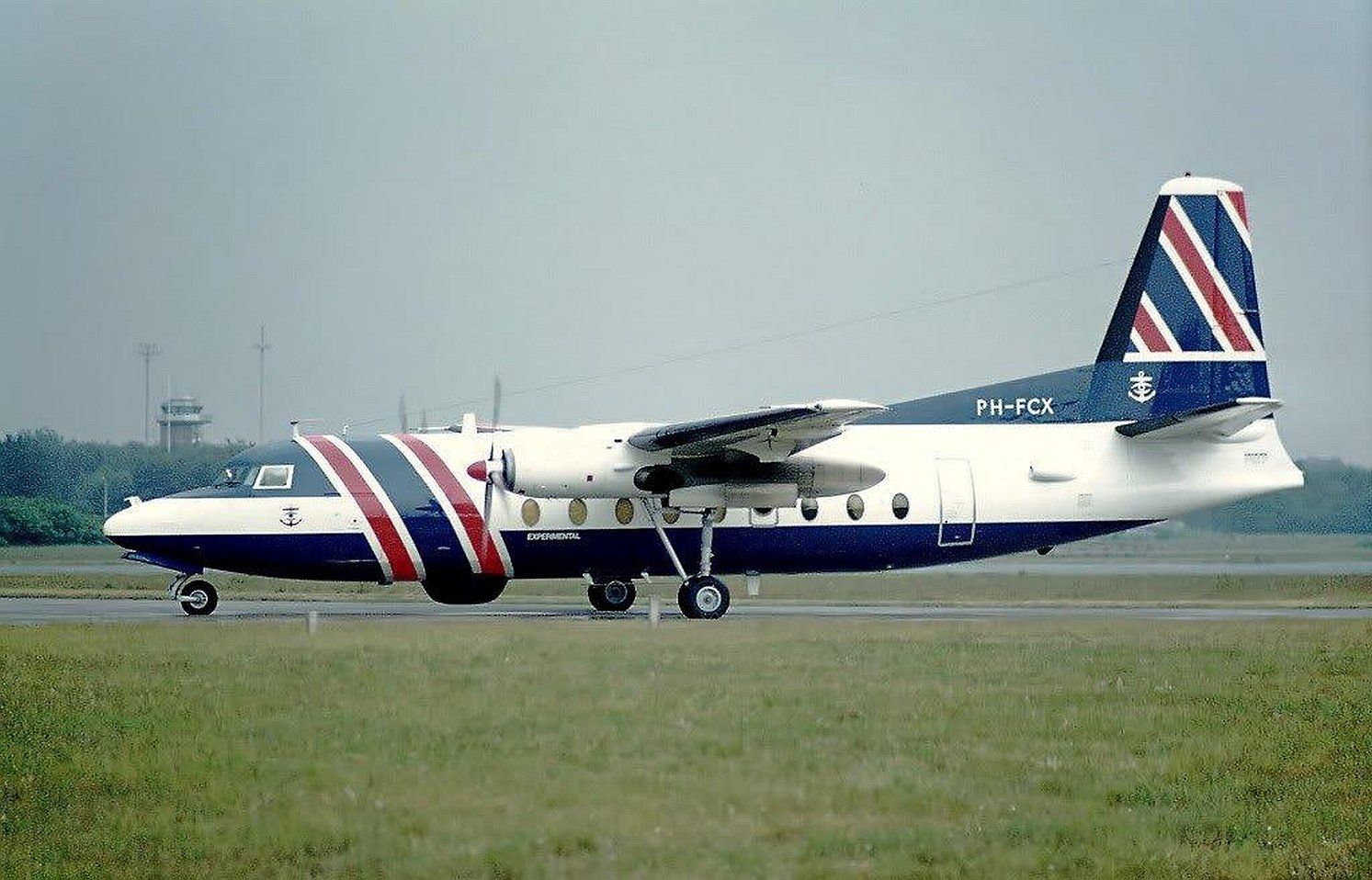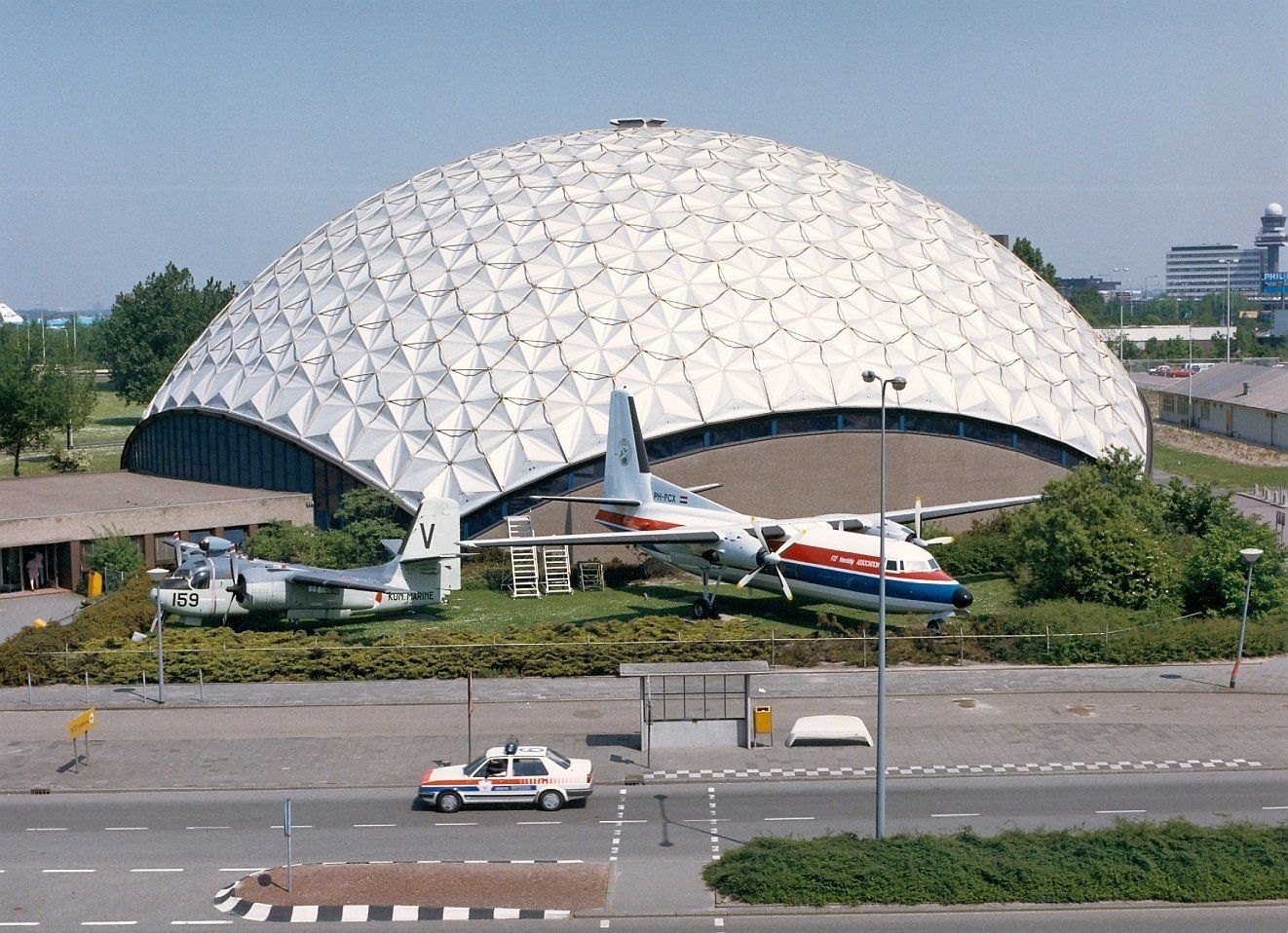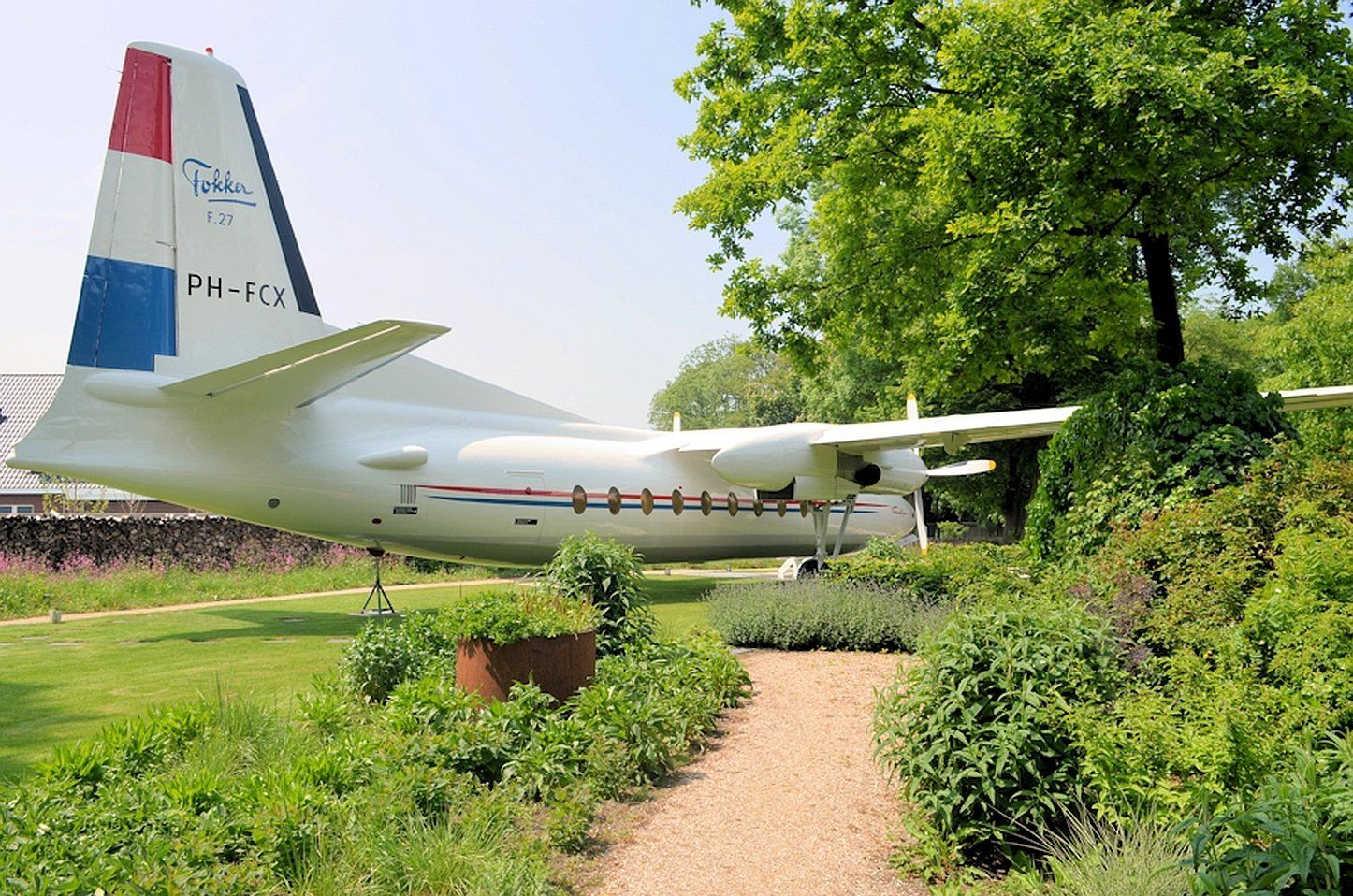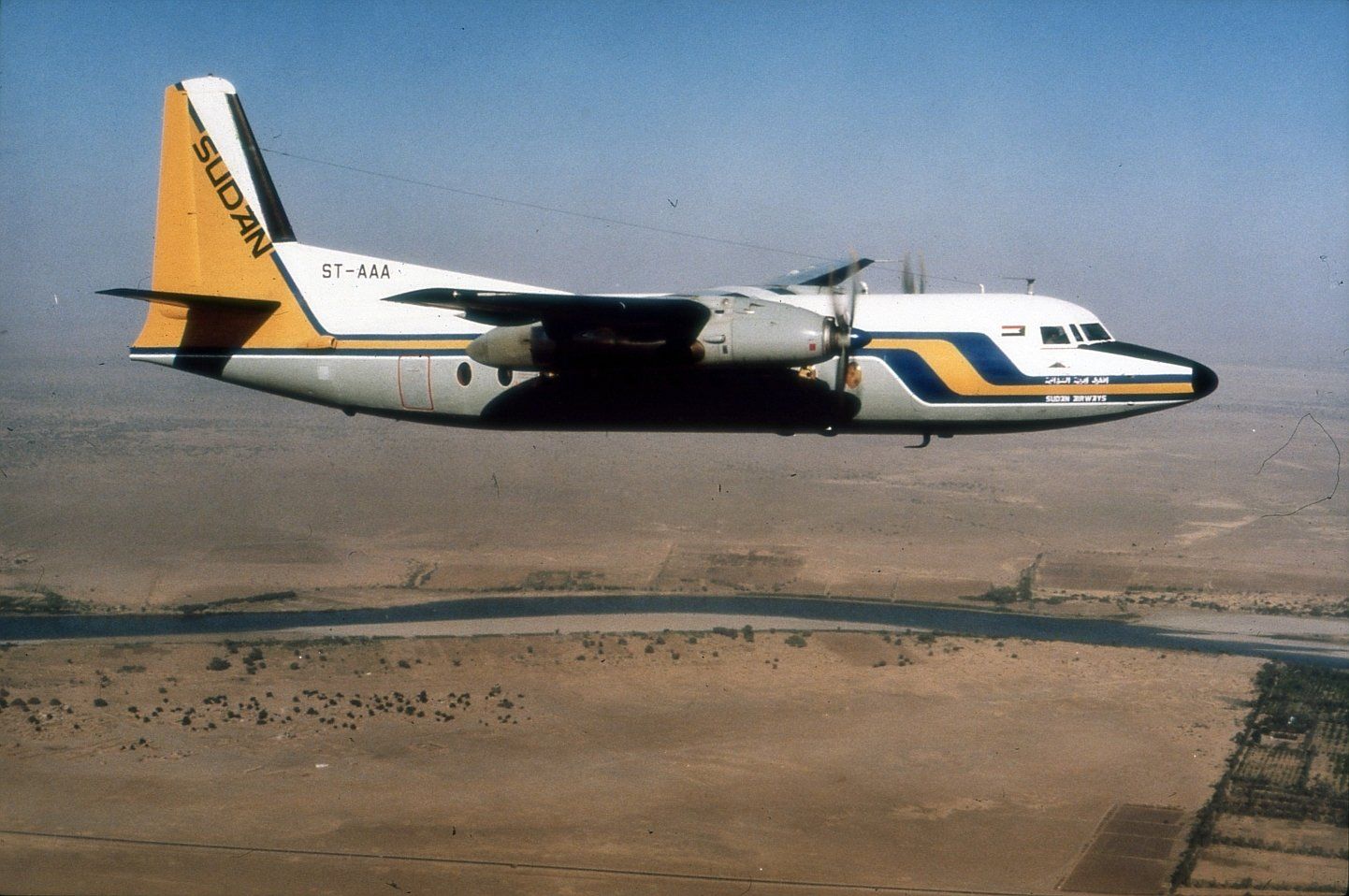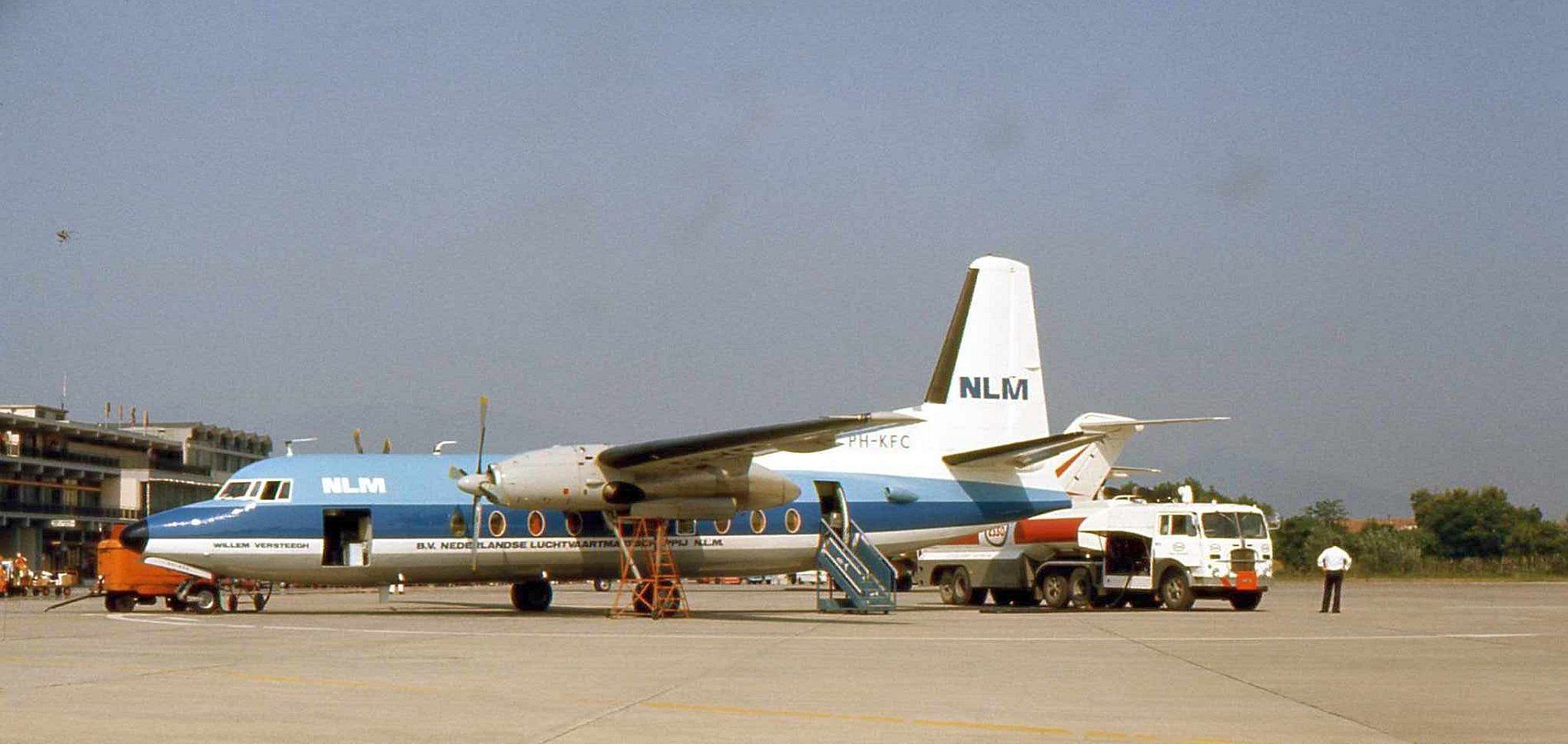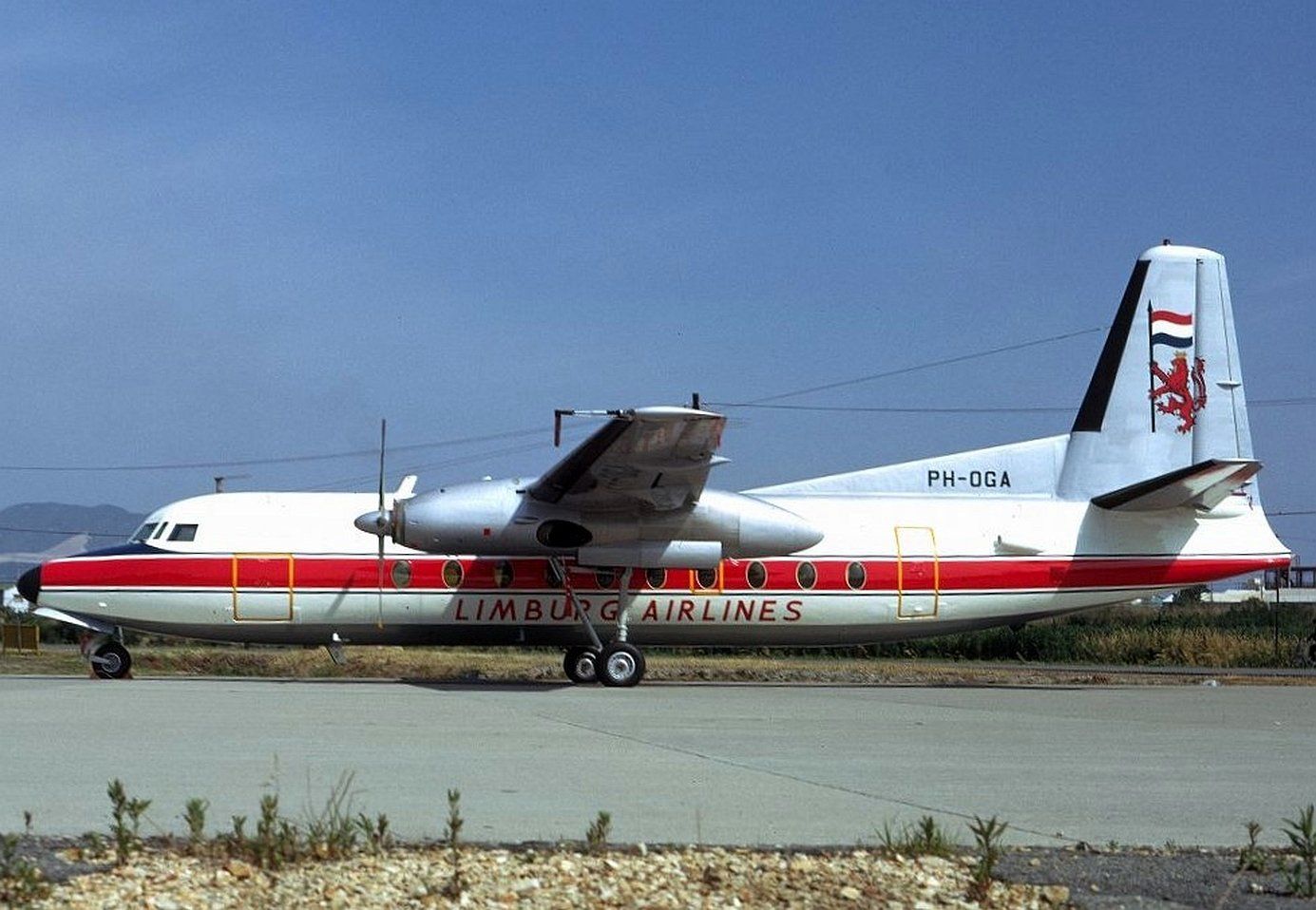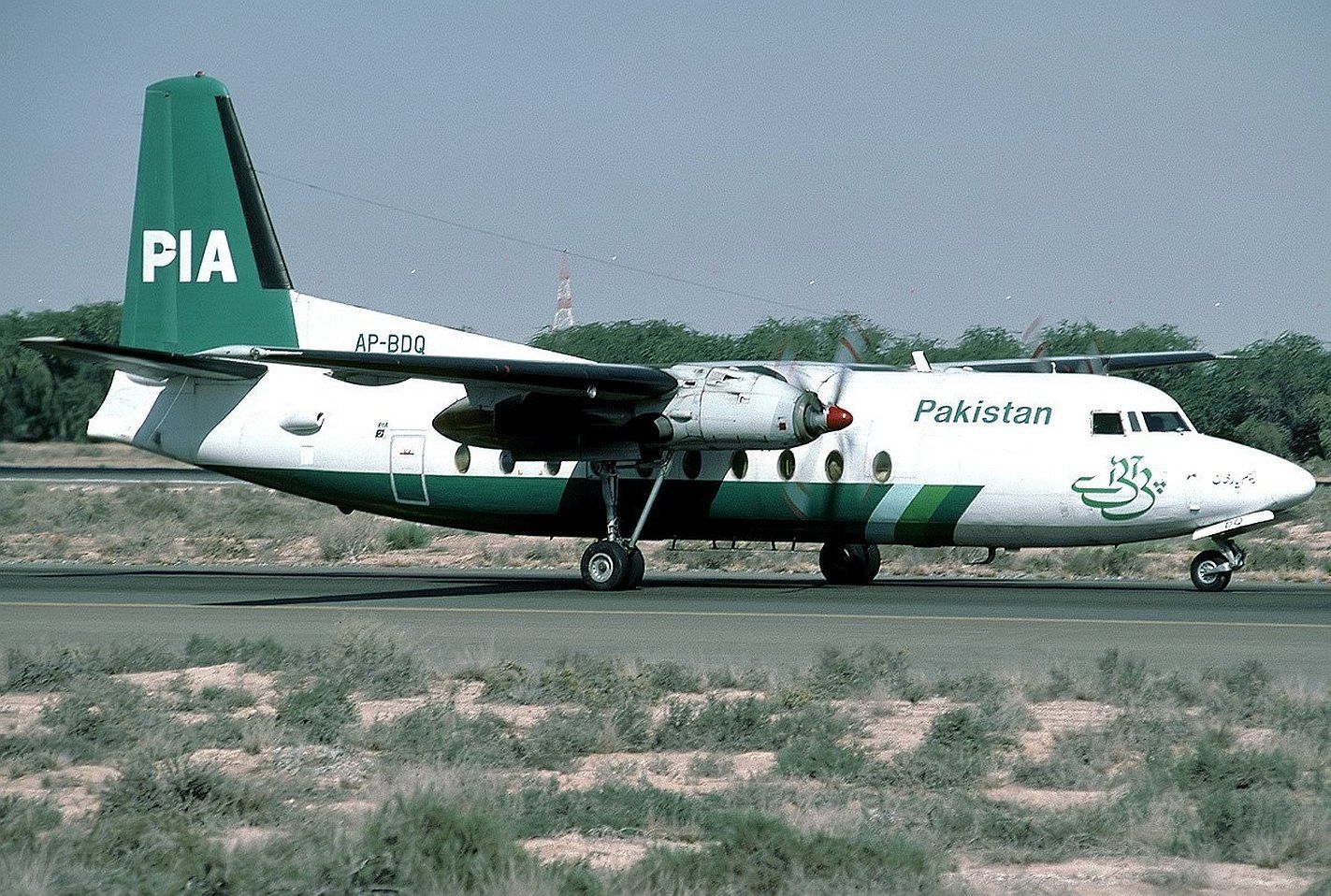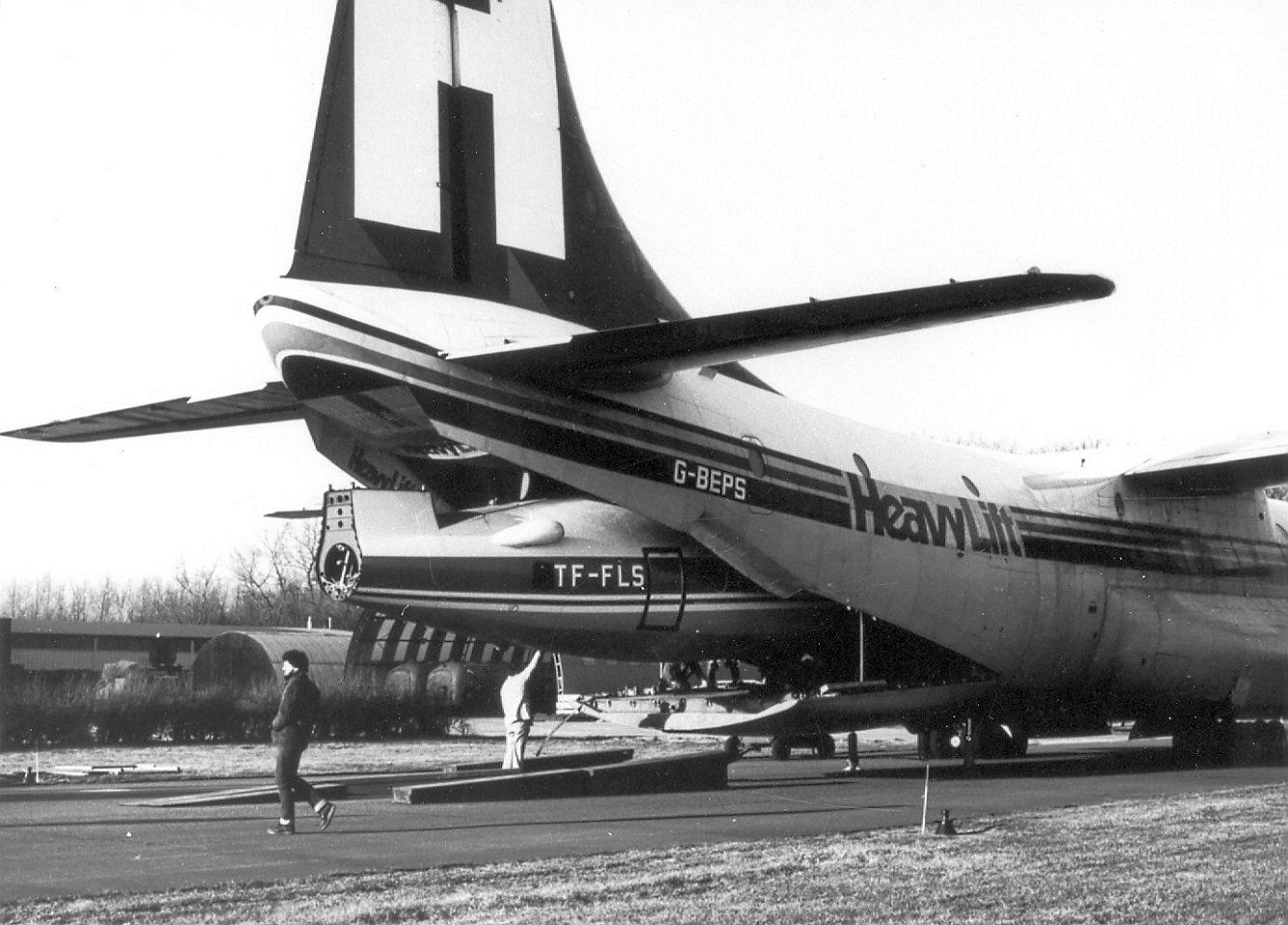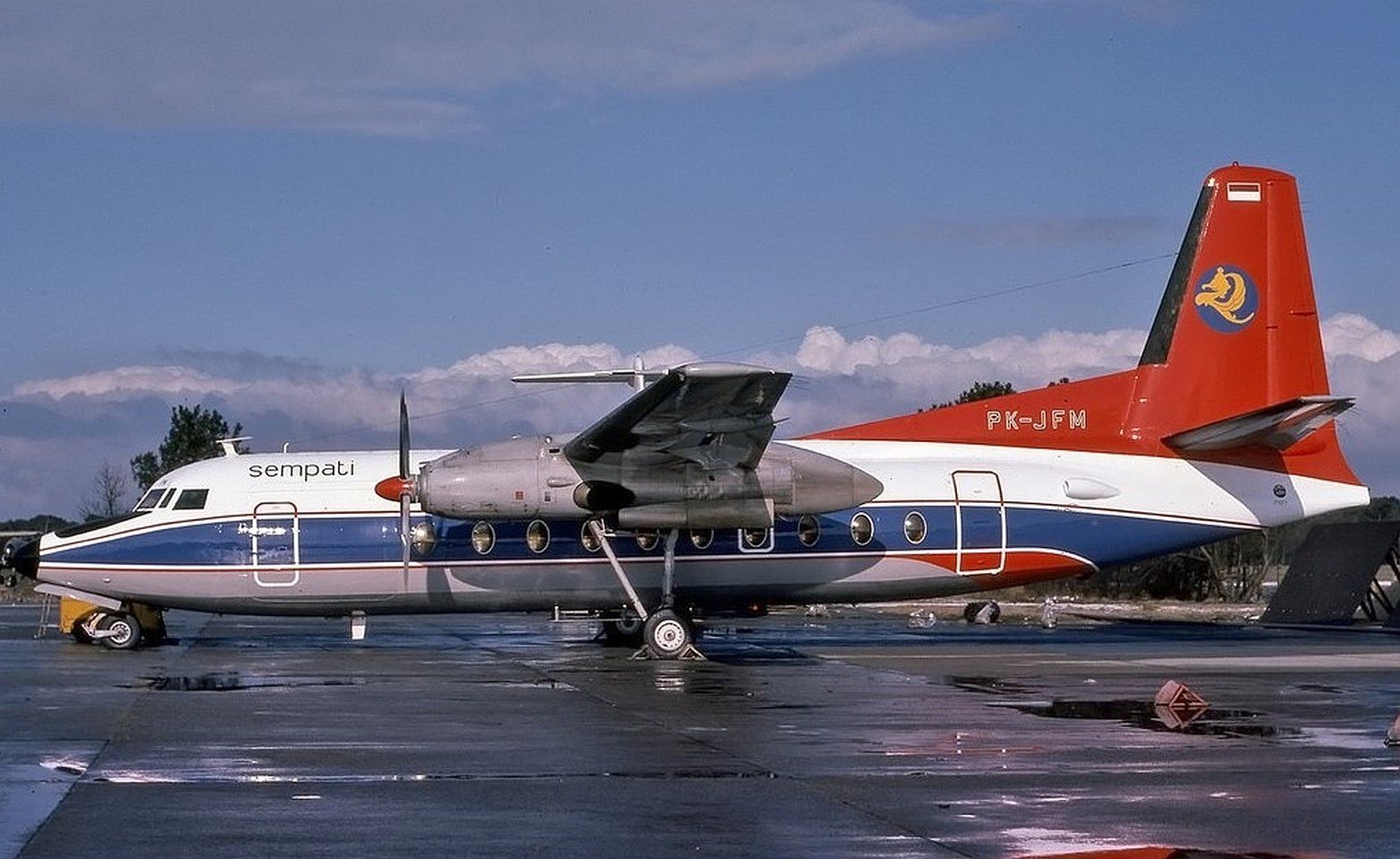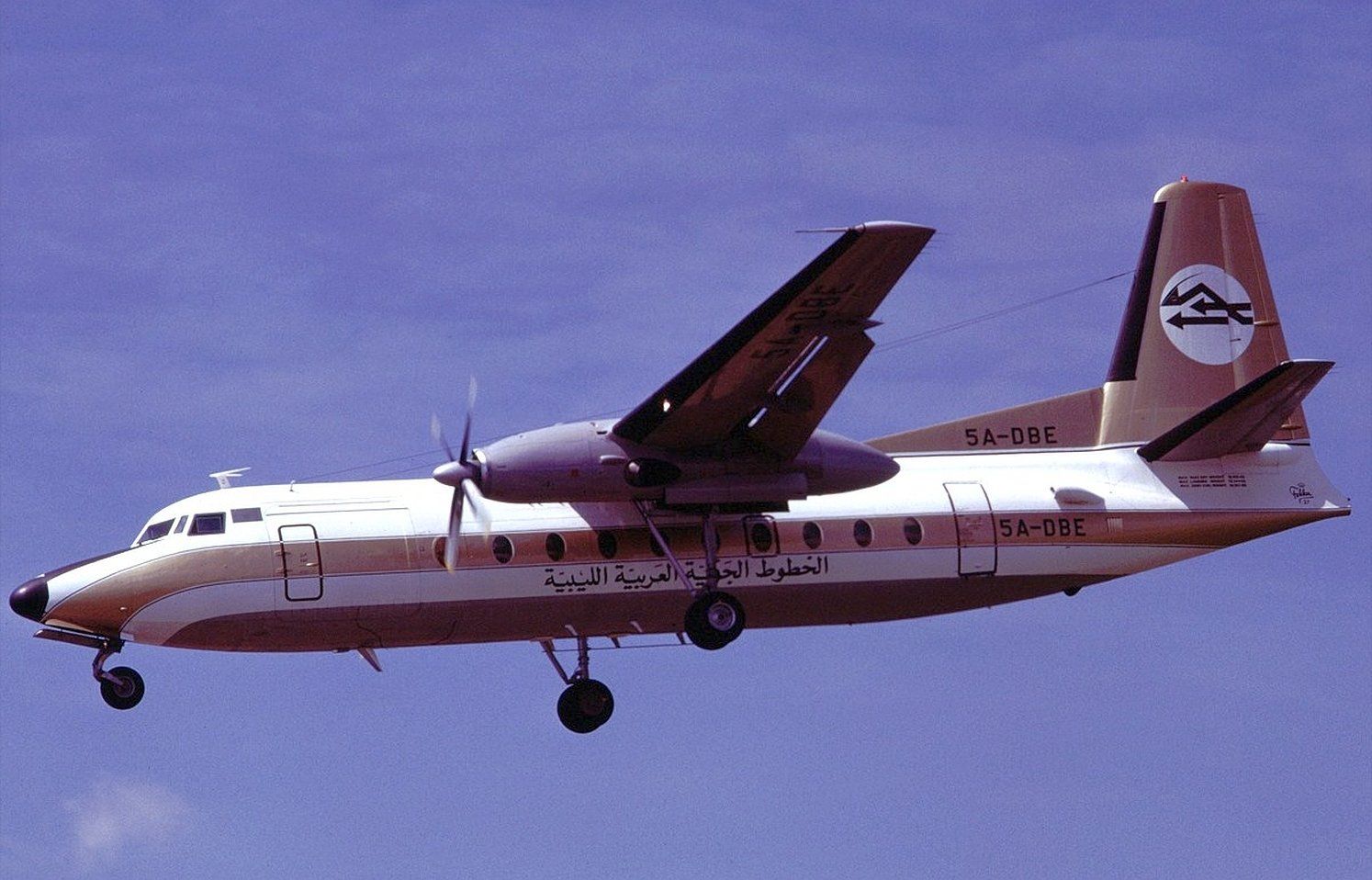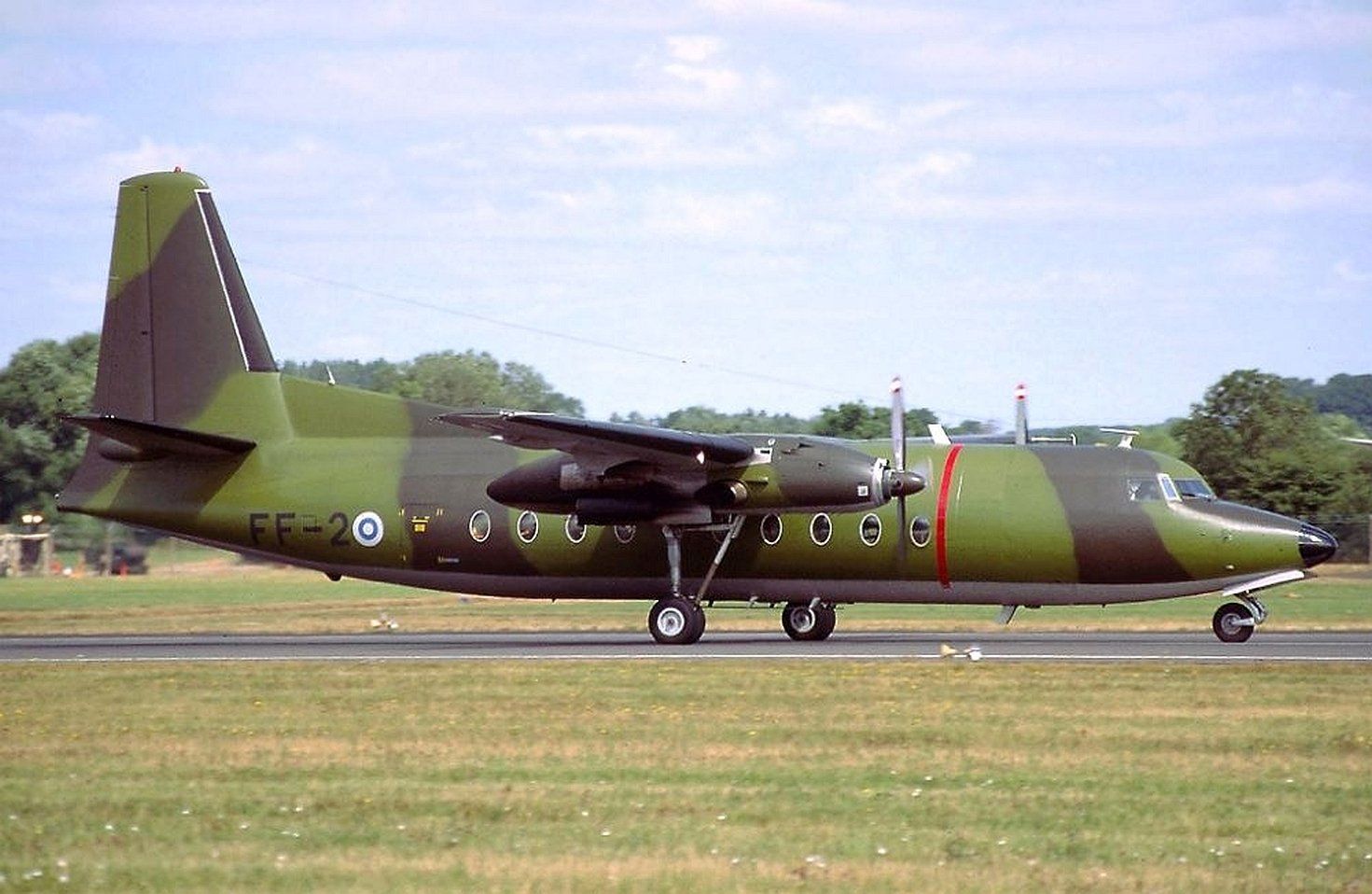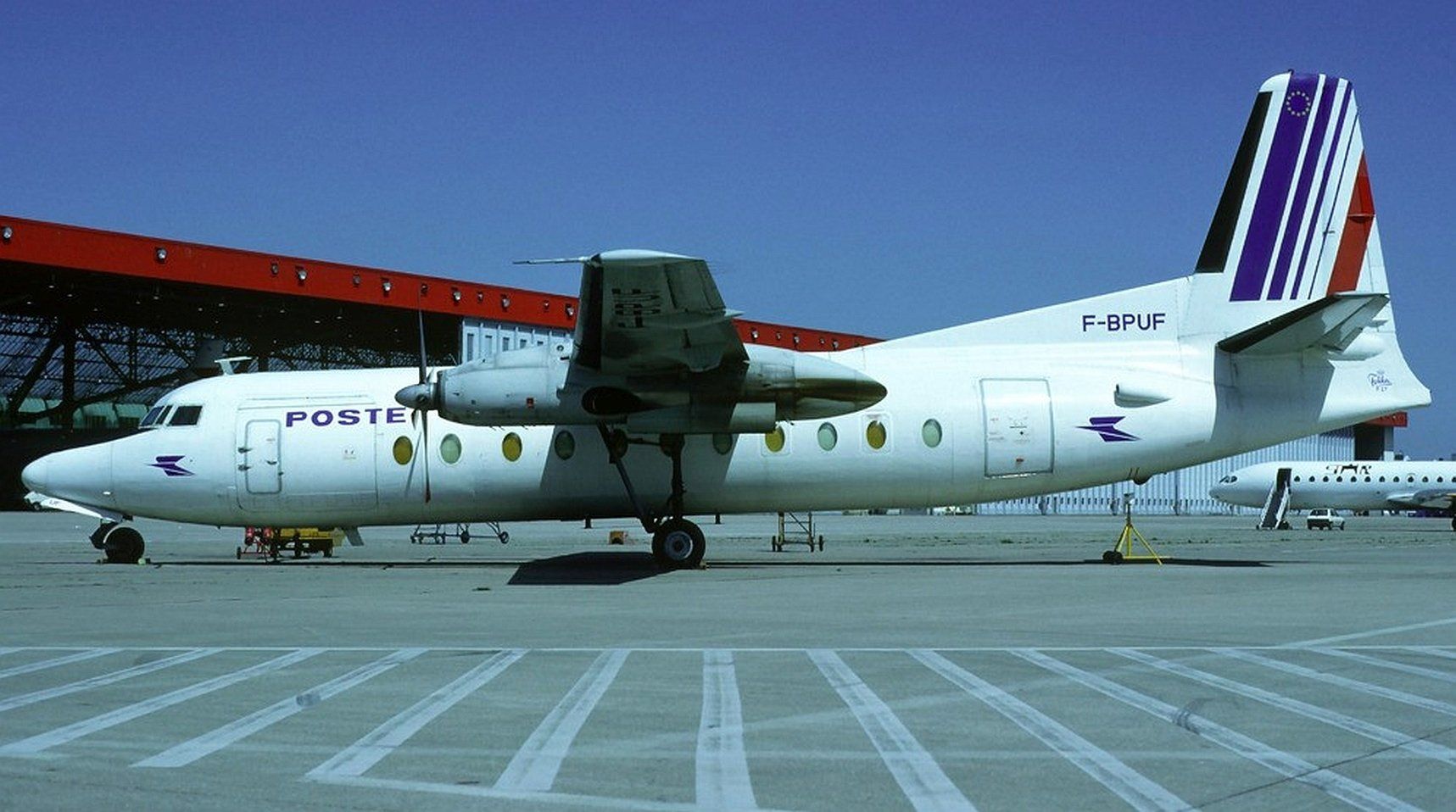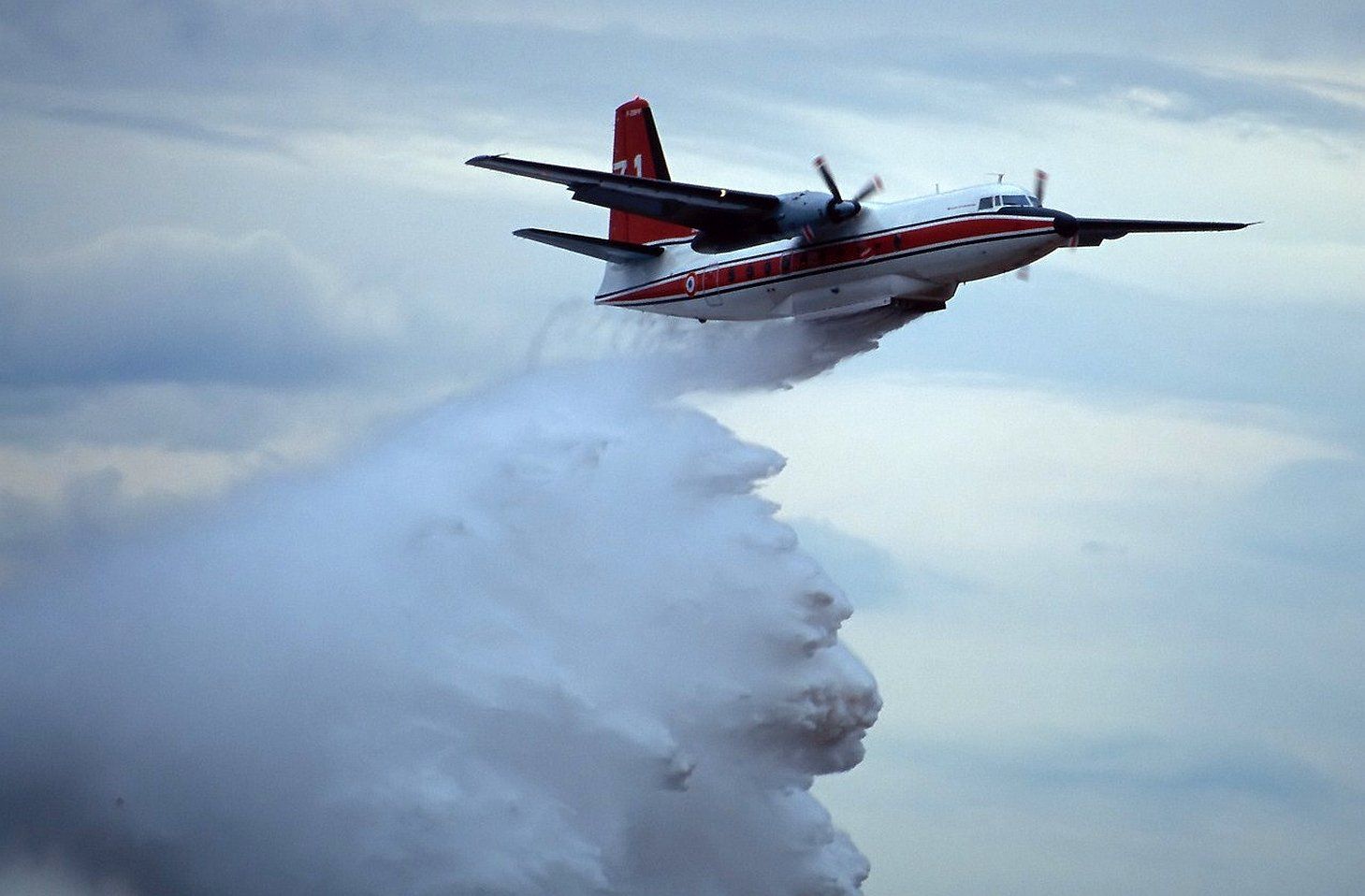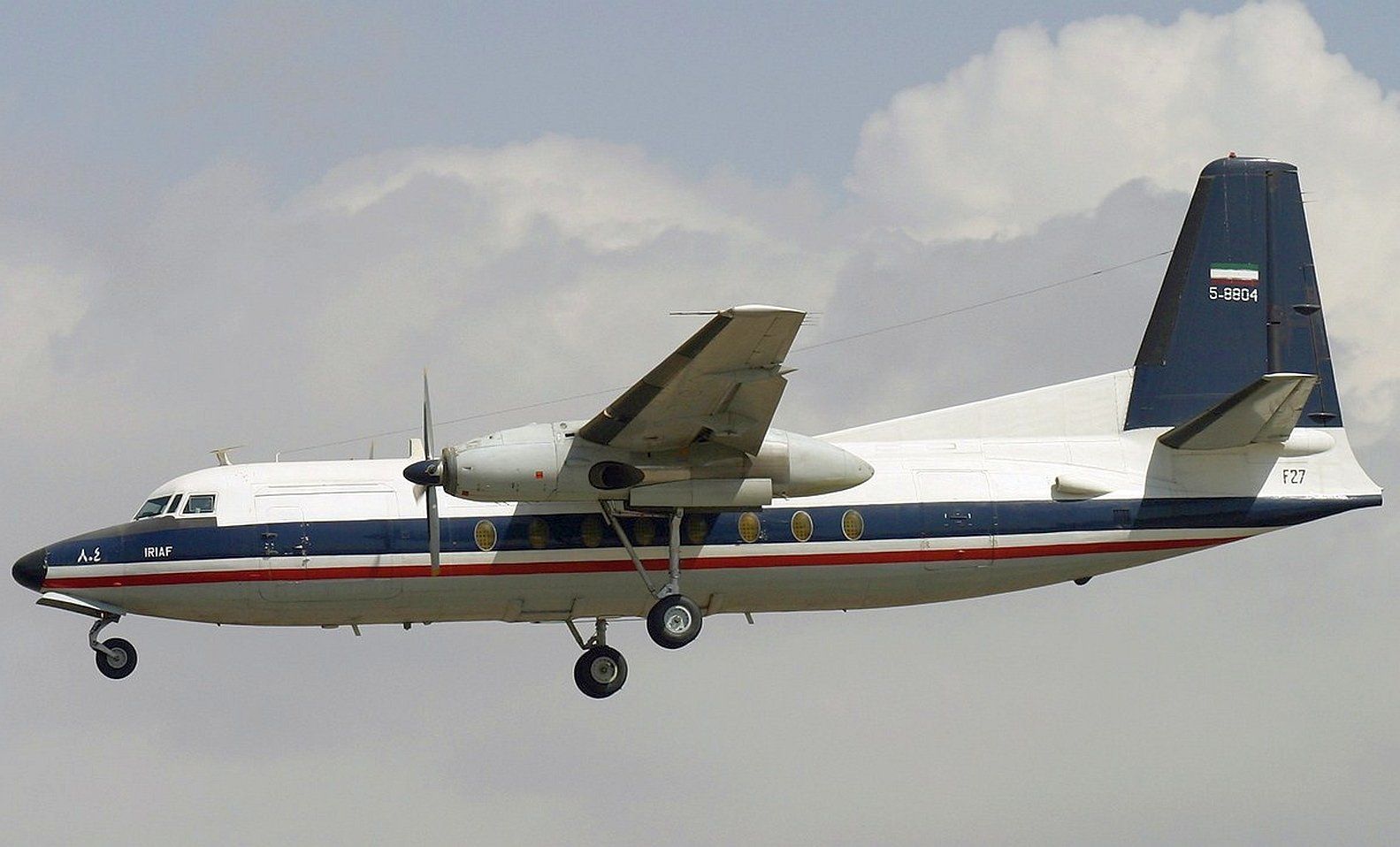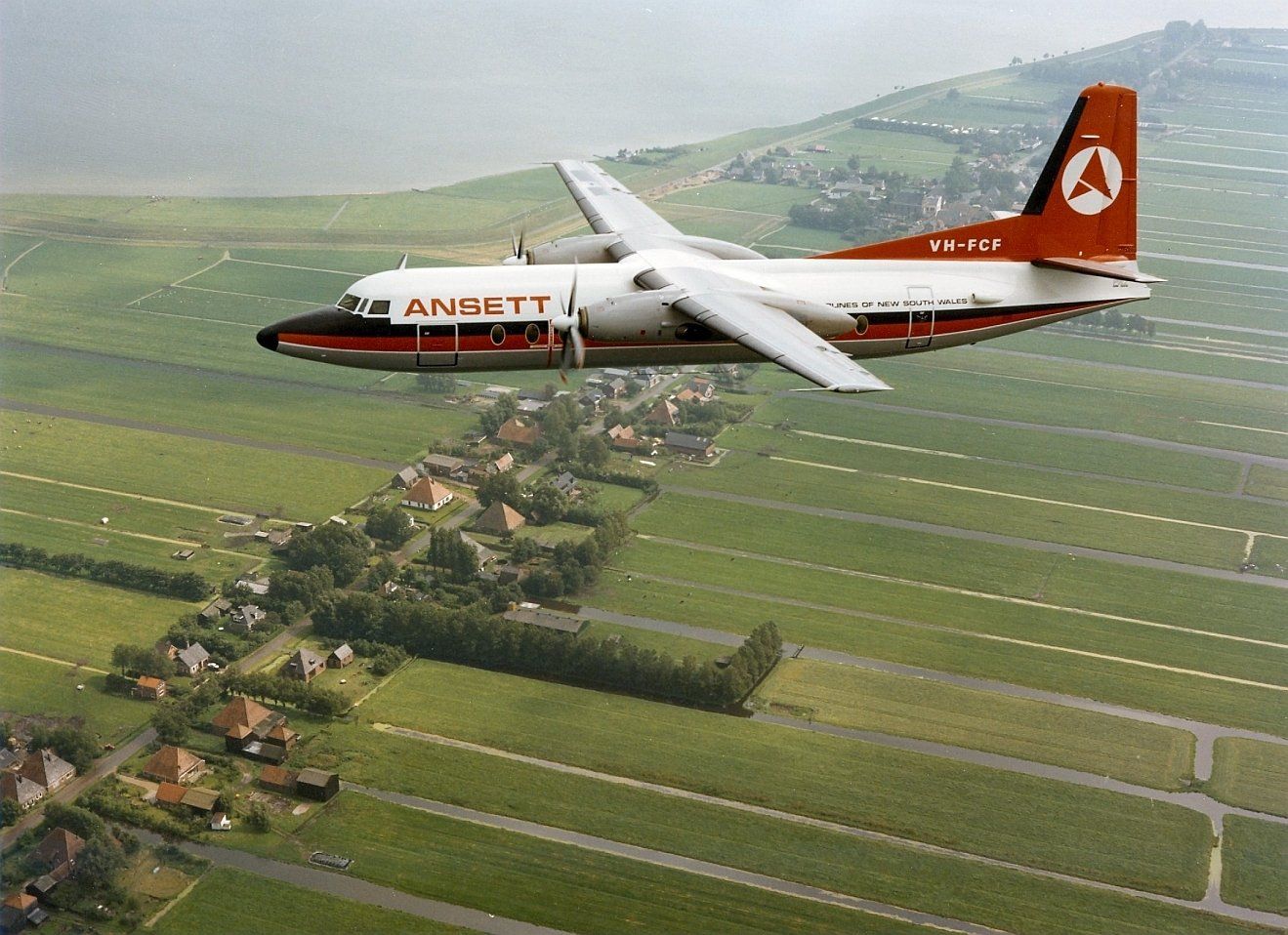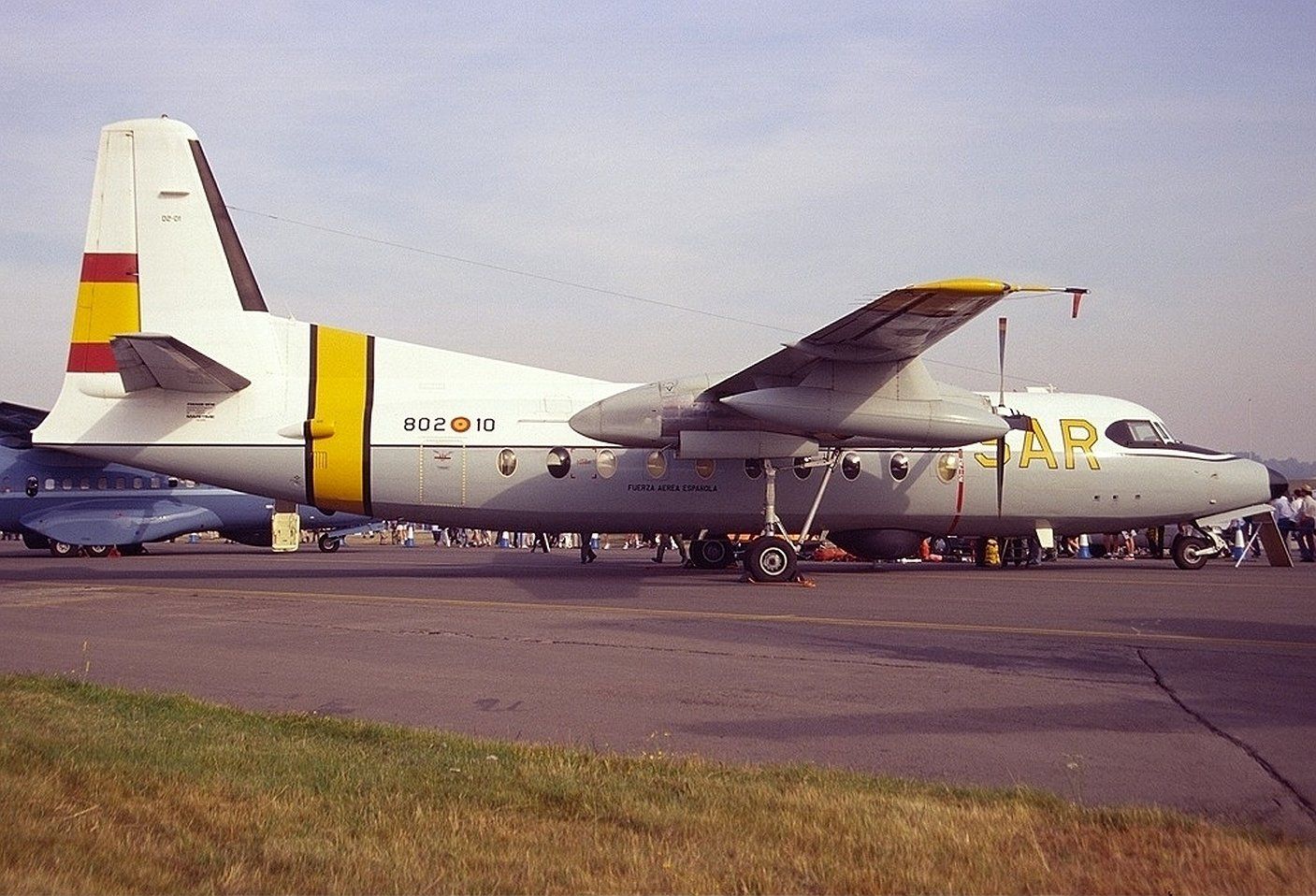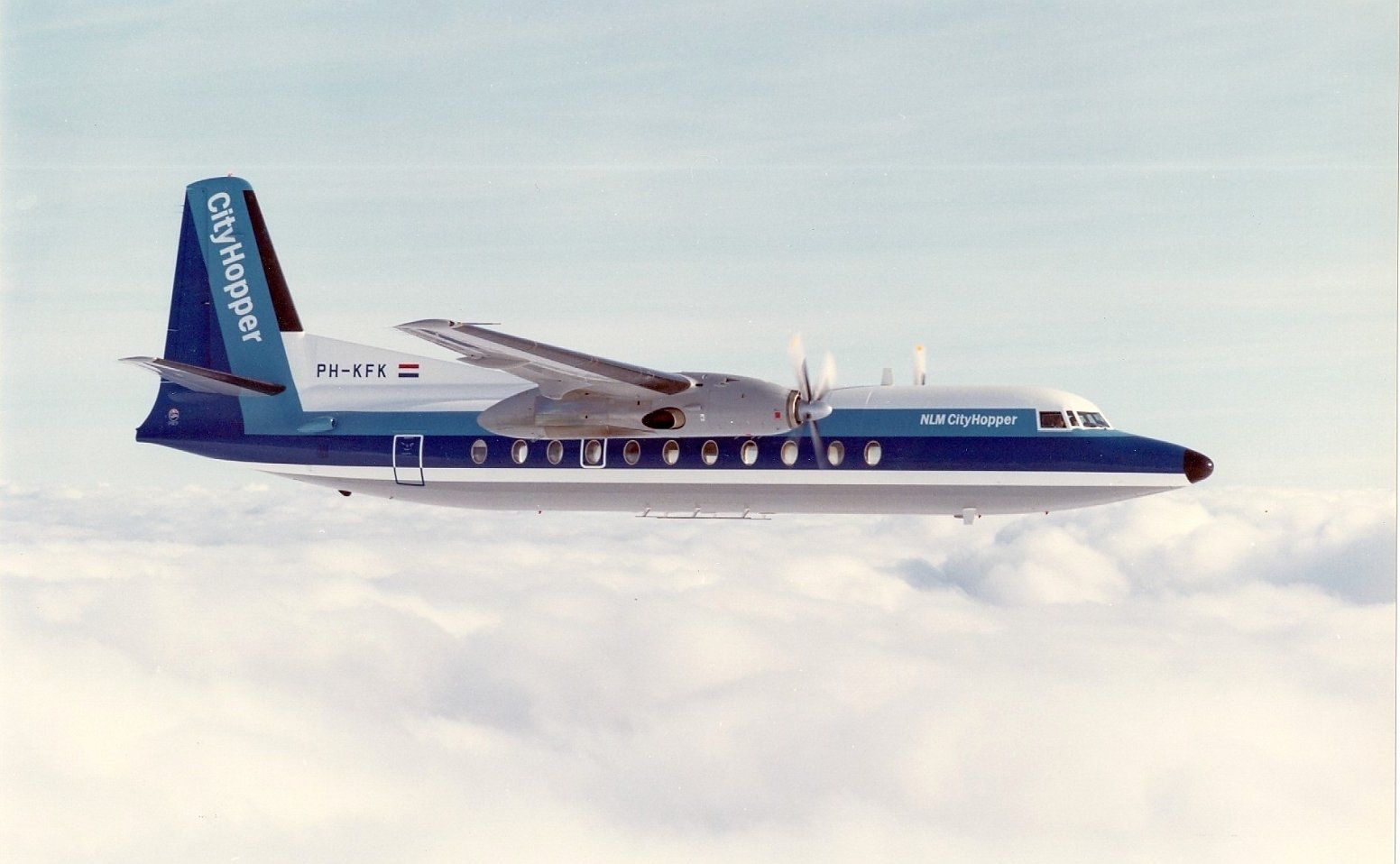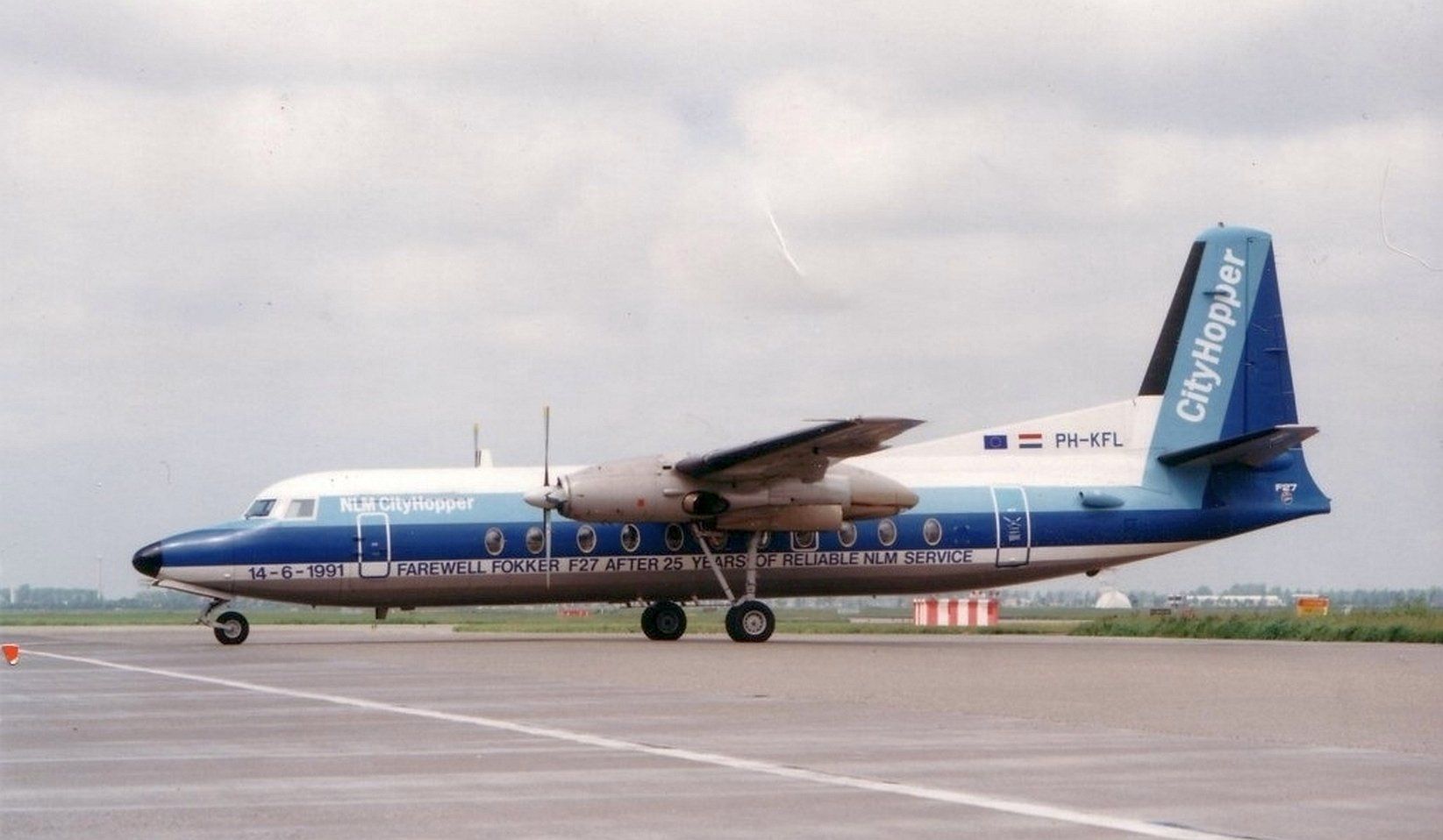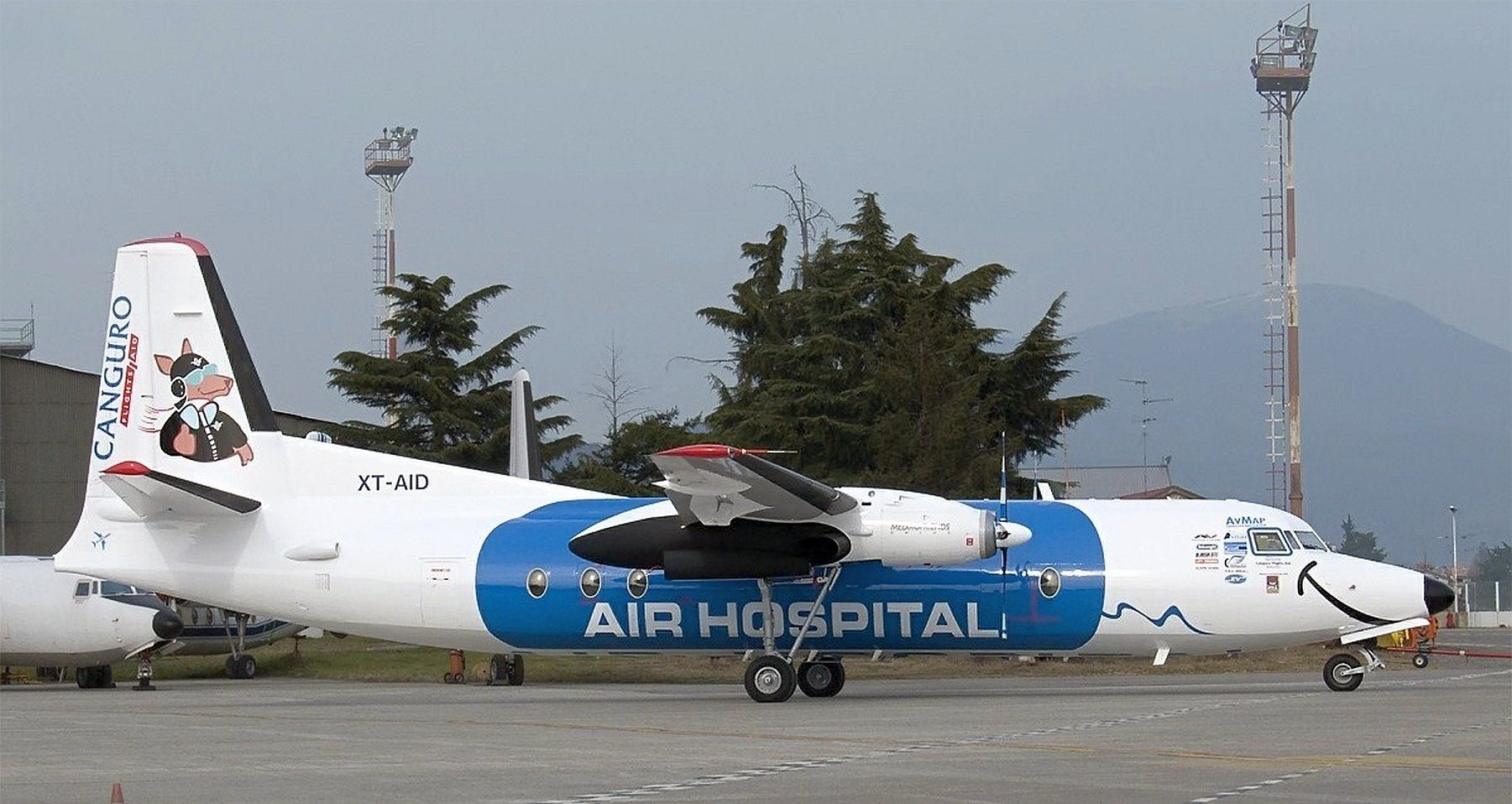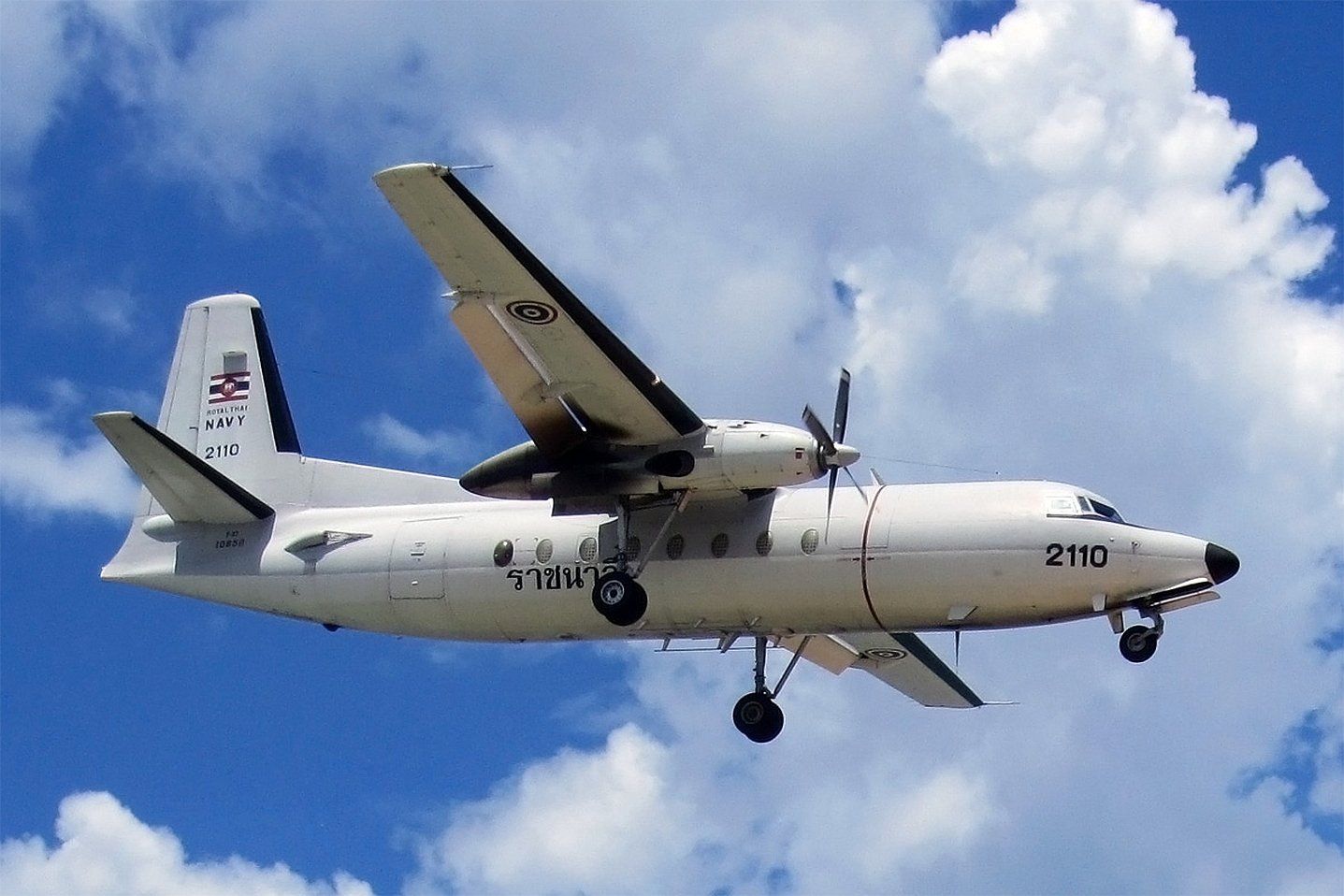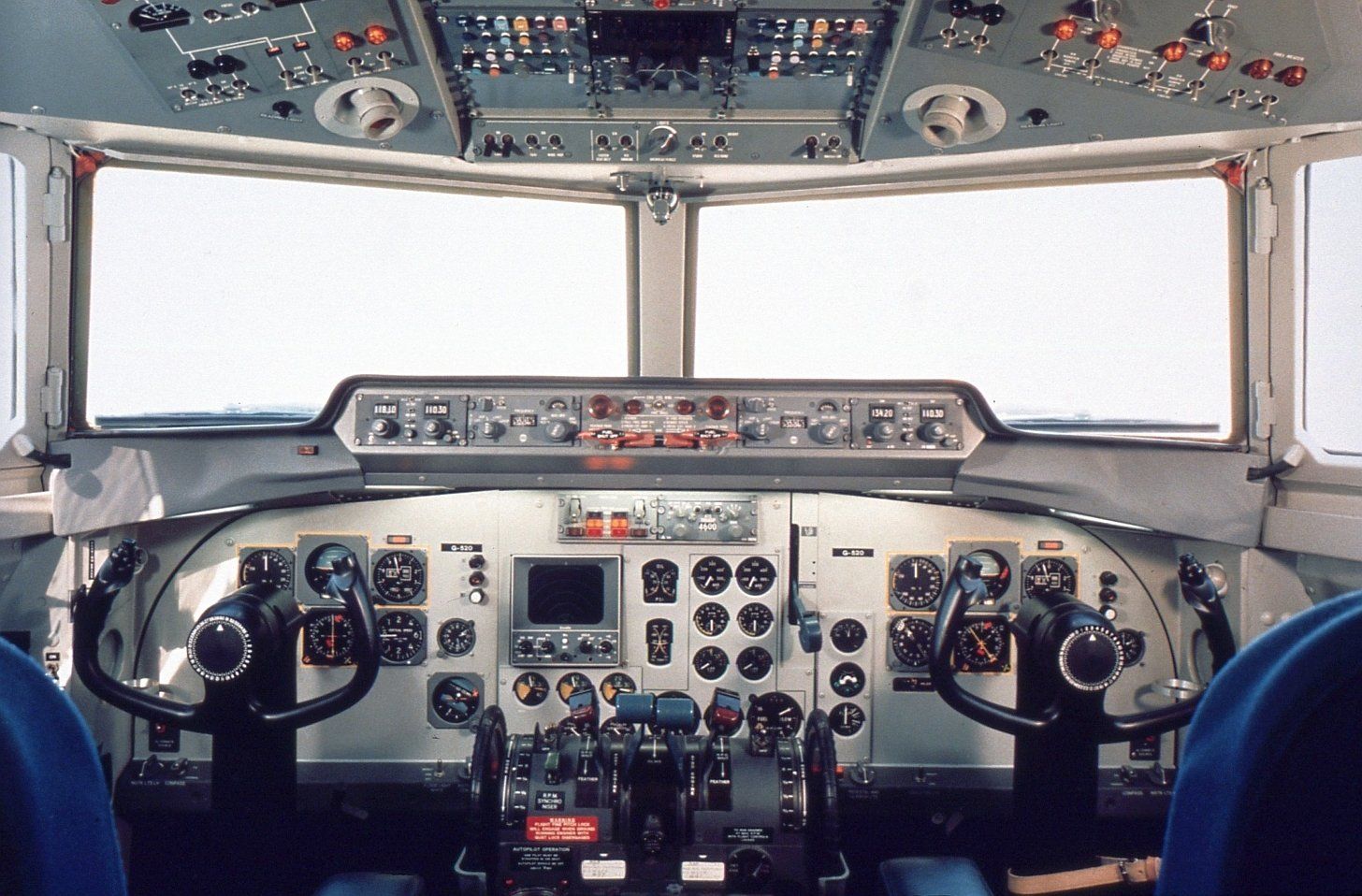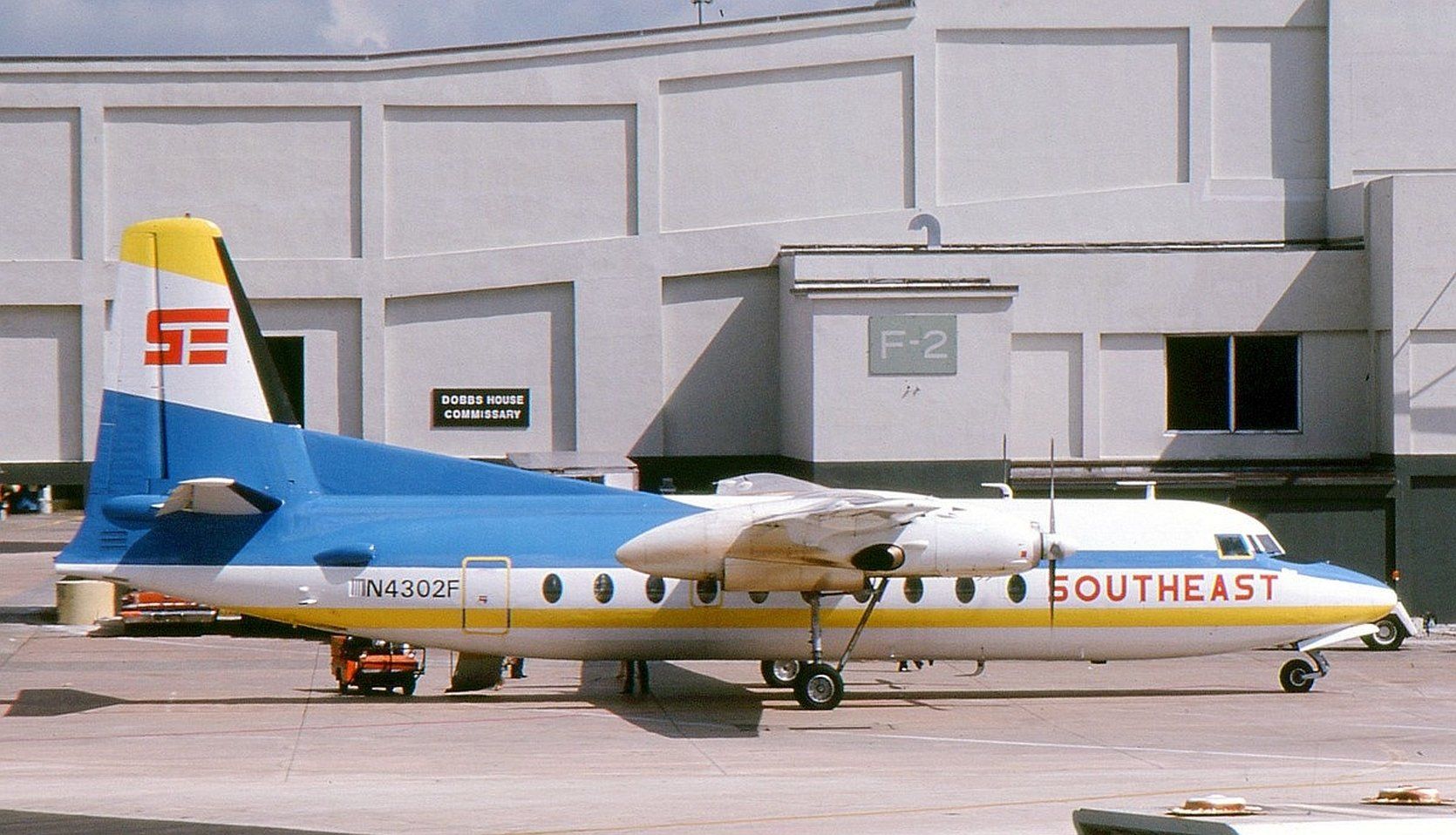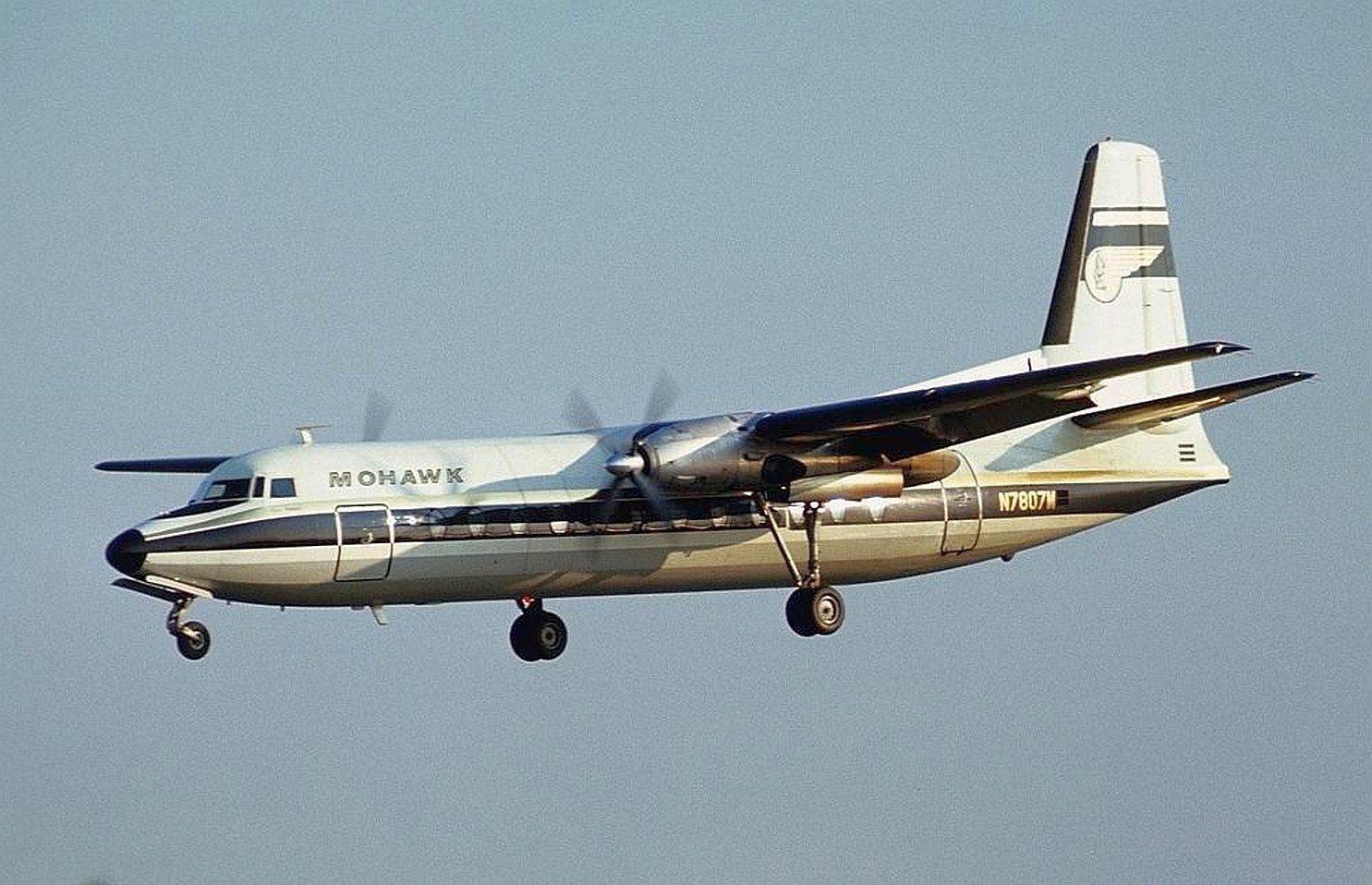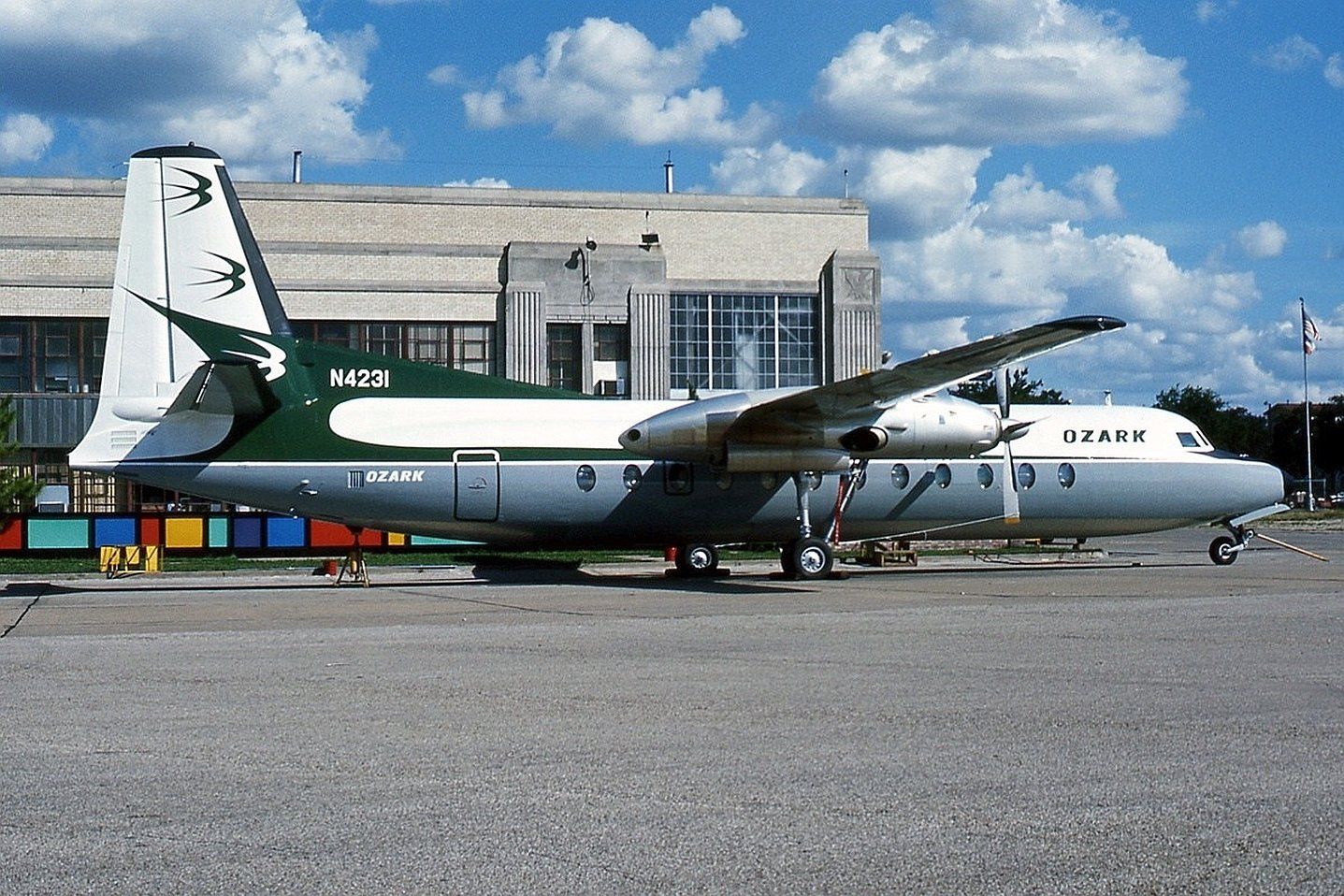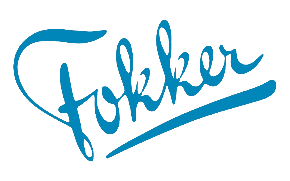Fokker F.27 Friendship
Immediately after WW2, a large number of DC-3 aircraft became available on the commercial market. These aircraft provided, among other things, KLM with the opportunity to restart their post-war scheduled services. Fokker also went back to work to find a successor to the DC-3 with more passenger comfort, larger flight range and with economical and reliable engines.
In response to the DC-3, Fokker aircraft under the direction of Head Constructor Kees van Meerten, designed the F.27 Friendship, which would make its first flight on 24 November 1955, which lasted 34 minutes.
This high-decker aircraft, equipped with a pressurized cabin, had a large number of fuselage and wing parts that were manufactured with a glued sandwich construction. For that time a daring and revolutionary construction method.
The F.27 was powered by two reliable Rolls Royce Dart-6 gas turbine engines and fitted with four-bladed propellers. The Dart-6 was later replaced by the more powerful Dart-7 from Rolls Royce. The first prototype provided 28 passengers in the pressurized cabin which was later increased to 32 passengers by enlarging the fuselage by 1 meter.
The F.27 was intended for short and medium distance flying. A total of 787 Friendships were built, 581 at Fokker and 206 under license at the American Fairchild. Fairchild also made their own extended versions The F.27 has flown on almost all continents with hundreds of operators. Of the major countries, only Russia has never flown the F.27.
Fokker made a large number of special versions for their customers:
- F27-100 - original type, with 44 seats
- F27-200 - with Rolls Royce Dart 7 Mk 528 engines
- F27-300M - "Troopship" (for the Royal Netherlands Air Force)
- F27-400 - "combi" with Dart 7 Mk 528/532 engines and a cargo door
- F27-400M - "Troopship"
- F27-500 - extended version, with 52 seats
- F27-500F - extended F27-500 with small cargo door, which was designed for Australia
- F27-600 - combi version of the F27-200
- F27-700 - cargo version of the F27-100 with large cargo door
F27 Maritime - maritime patrol aircraft
Due to the long service life, some individual F.27s have flown with 6 to 10 operators. In the Netherlands, the Dutch Airline (NLM), Schreiner Airways, Limburg Airlines, XP Express, the Phillips flight service and the Royal Family have flown the F.27. The Royal Netherlands Air Force has flown no less than 12 F.27s in a number of military variants. Later, two more MPA, Maritime Patrol Aircraft were added. In the 32 years that the F.27 has been produced, the aircraft has been modernized several times, especially the cockpit and cabin layout. Dozens of versions have been built, new or modified such as: VIP, military (parachutists), cargo, combination passenger / cargo, MPA Maritime Patrol Aircraft, calibration and photo cartography versions. A number of F.27s have been converted into water bombers for extinguishing forest fires. One F.27 has been converted to a flying eye clinic for performing eye operations on location. Partly due to the fact that a pneumatic system was used instead of a hydraulic one, the F.27 was quick, easy and economical to maintain. A number of Friendships are still operational in 2020, including in Iran, Indonesia, Argentina and the Spanish Navy. Many Friendships ended up in museums, Two of them in the Aviodrome in Lelystad, namely the third prototype and the first production aircraft.
When compiling all Fokker F.27 information, the editors used the CD-ROM "Fokker F27 Friendship Story" compiled by Jan Homma and Hans Groen. The CD-ROM is still available and recommended for interested parties!!!
hansklaasgroen2@hotmail.com
Click on the photo to enlarge the photo




